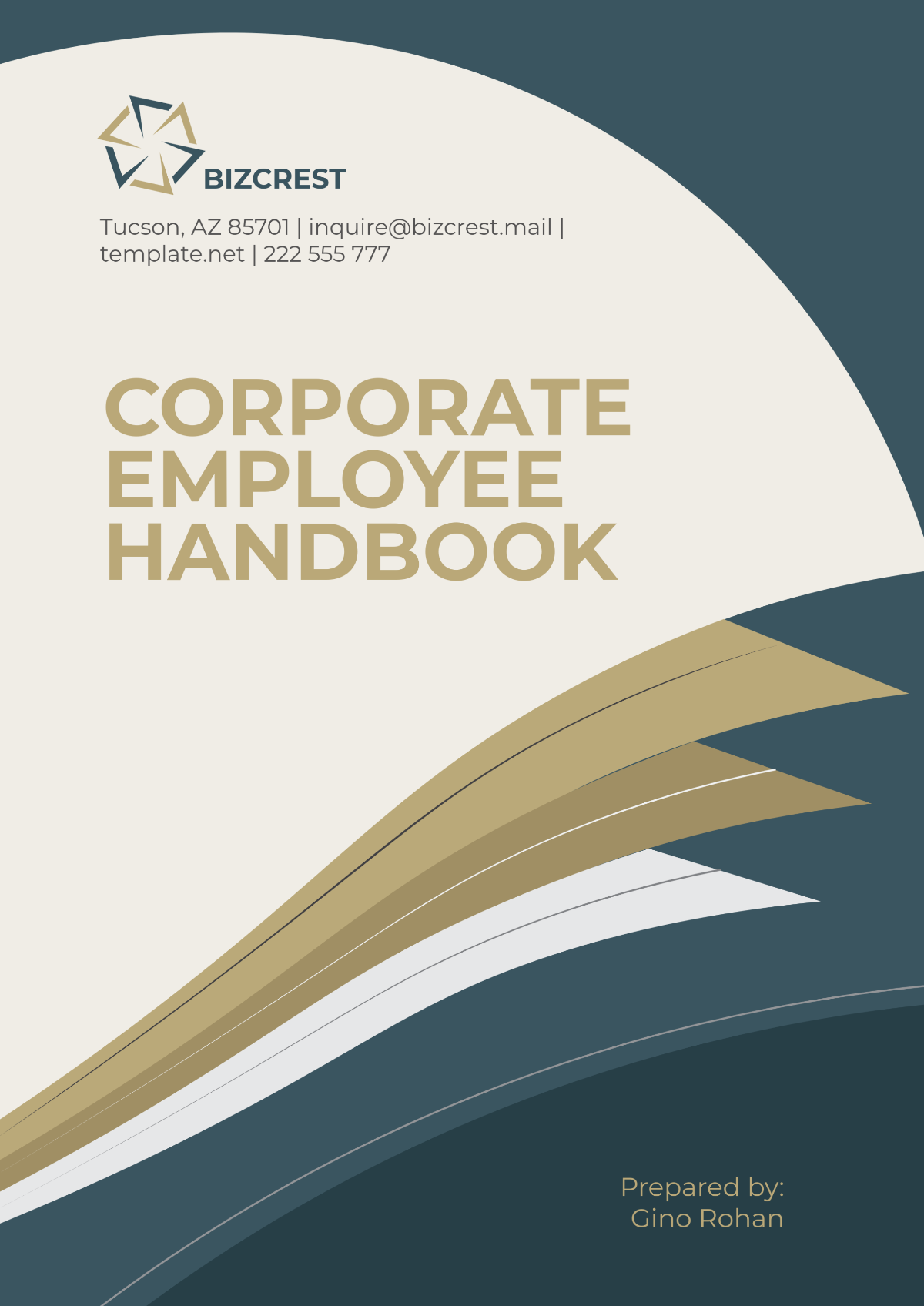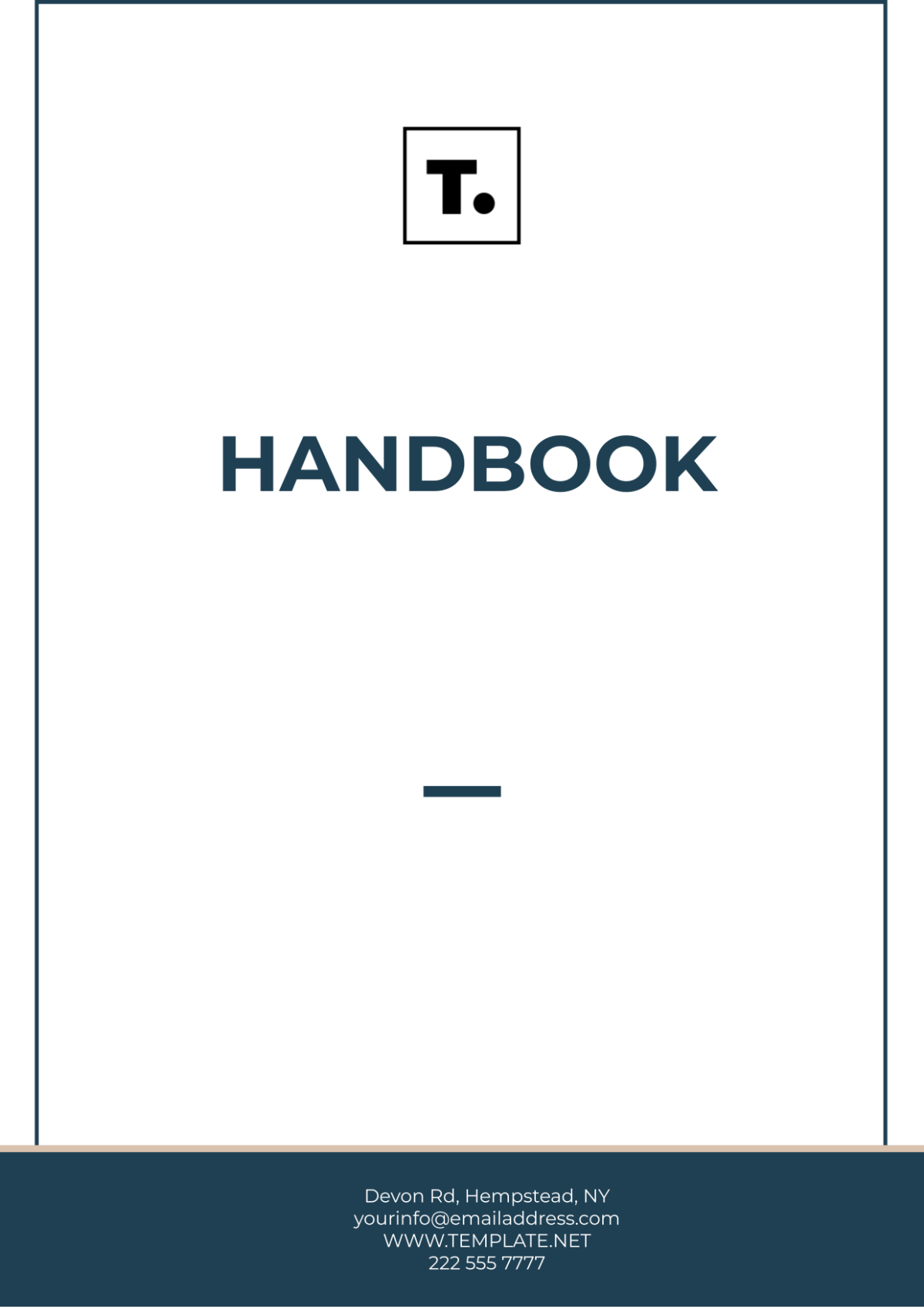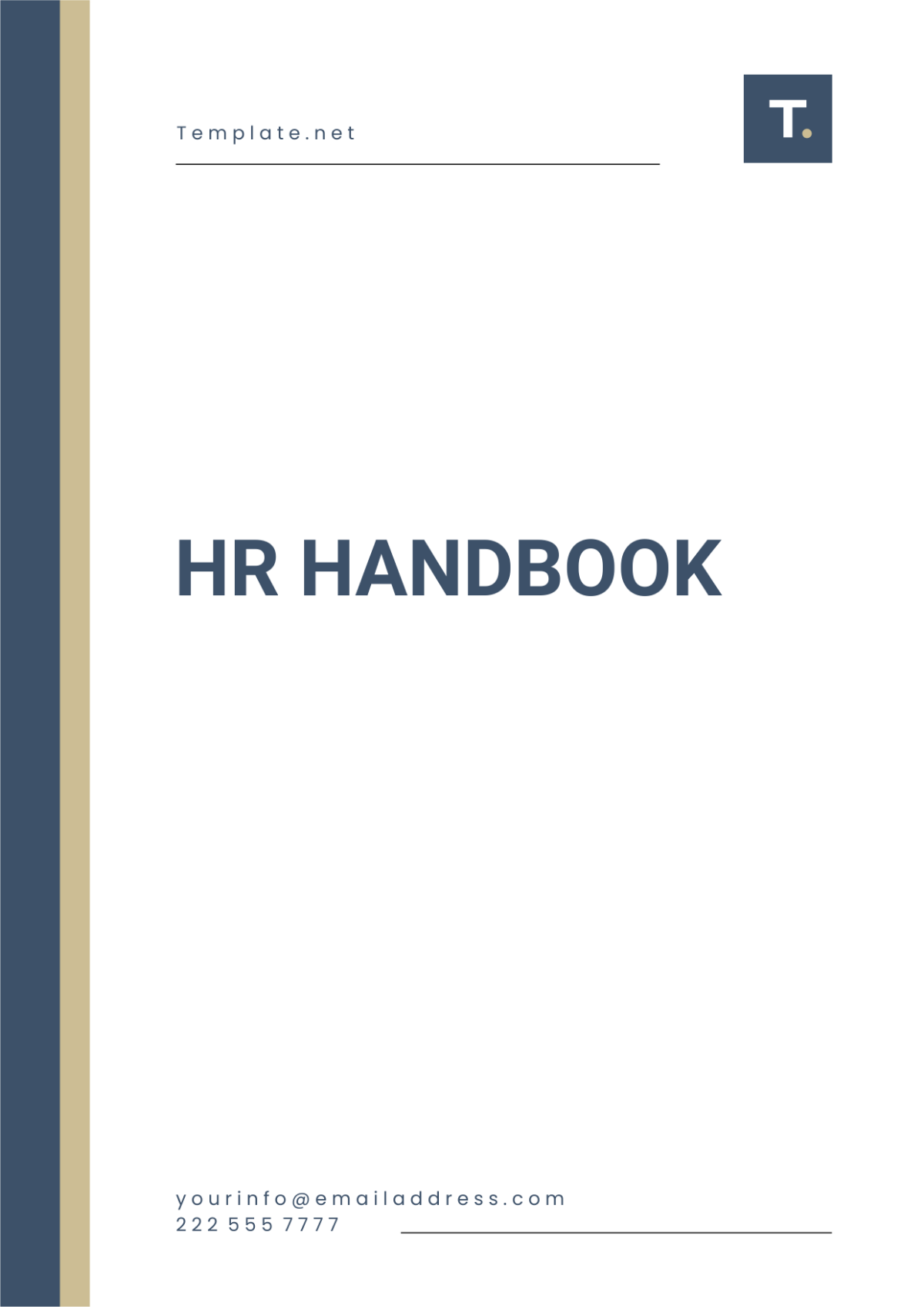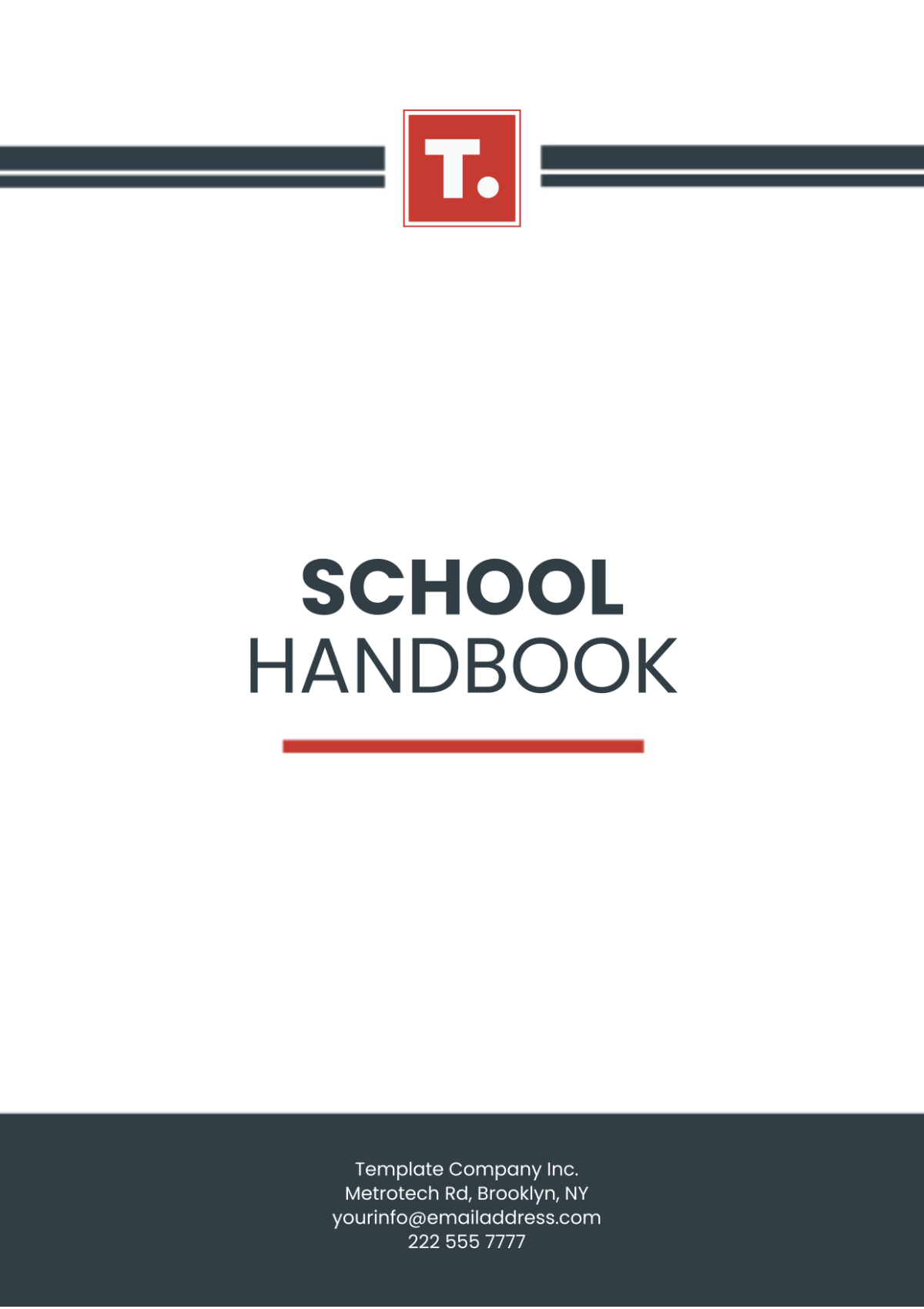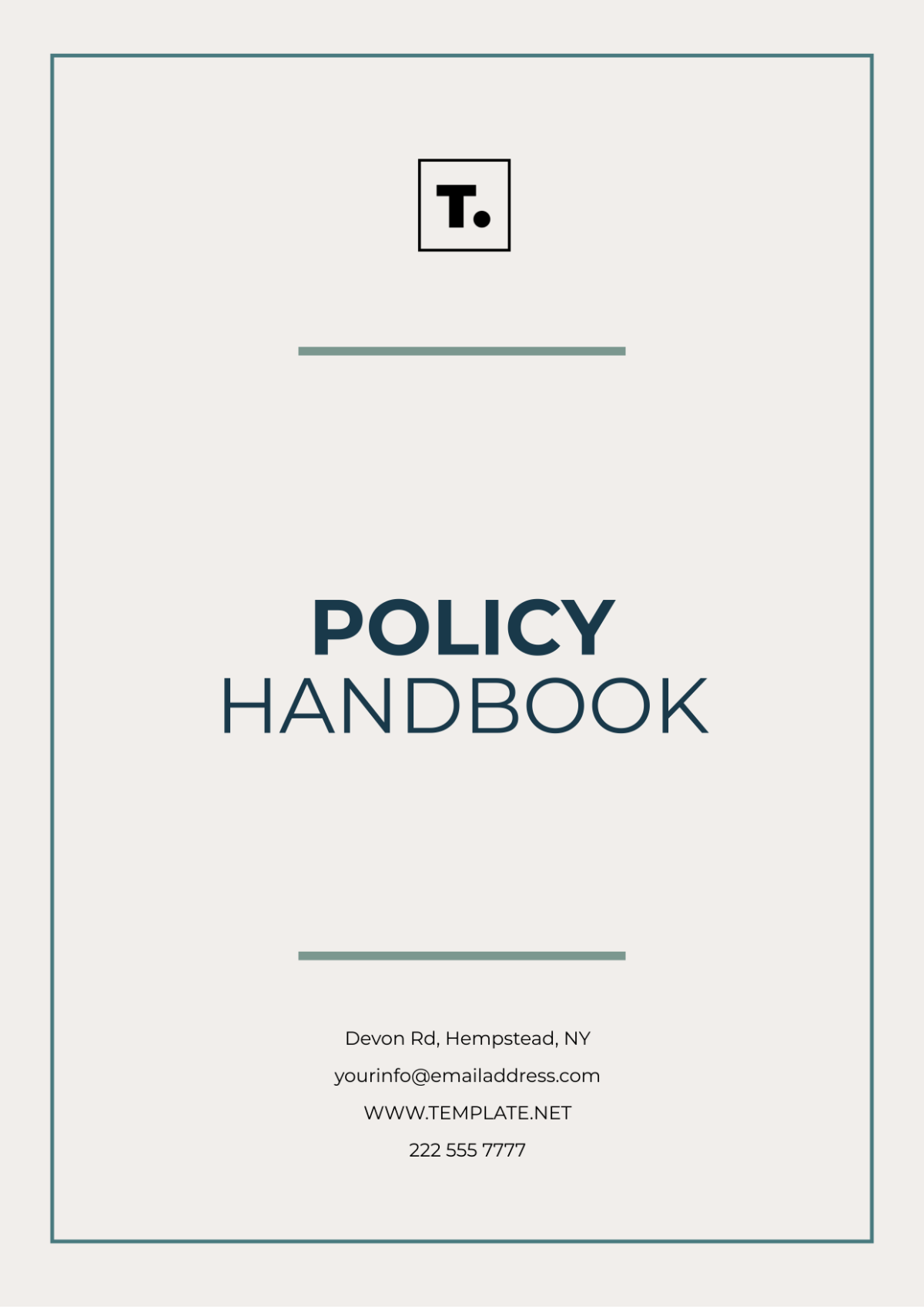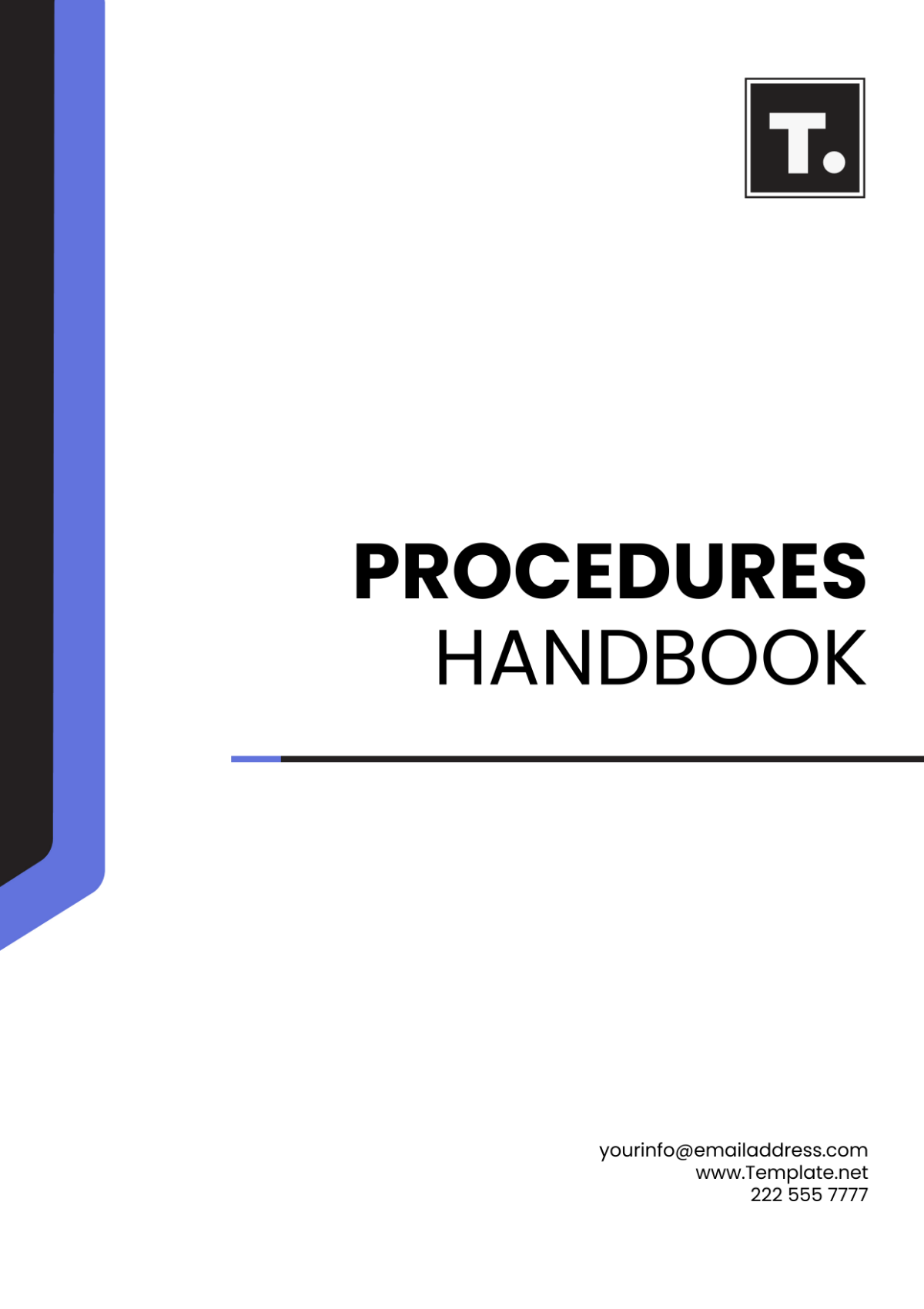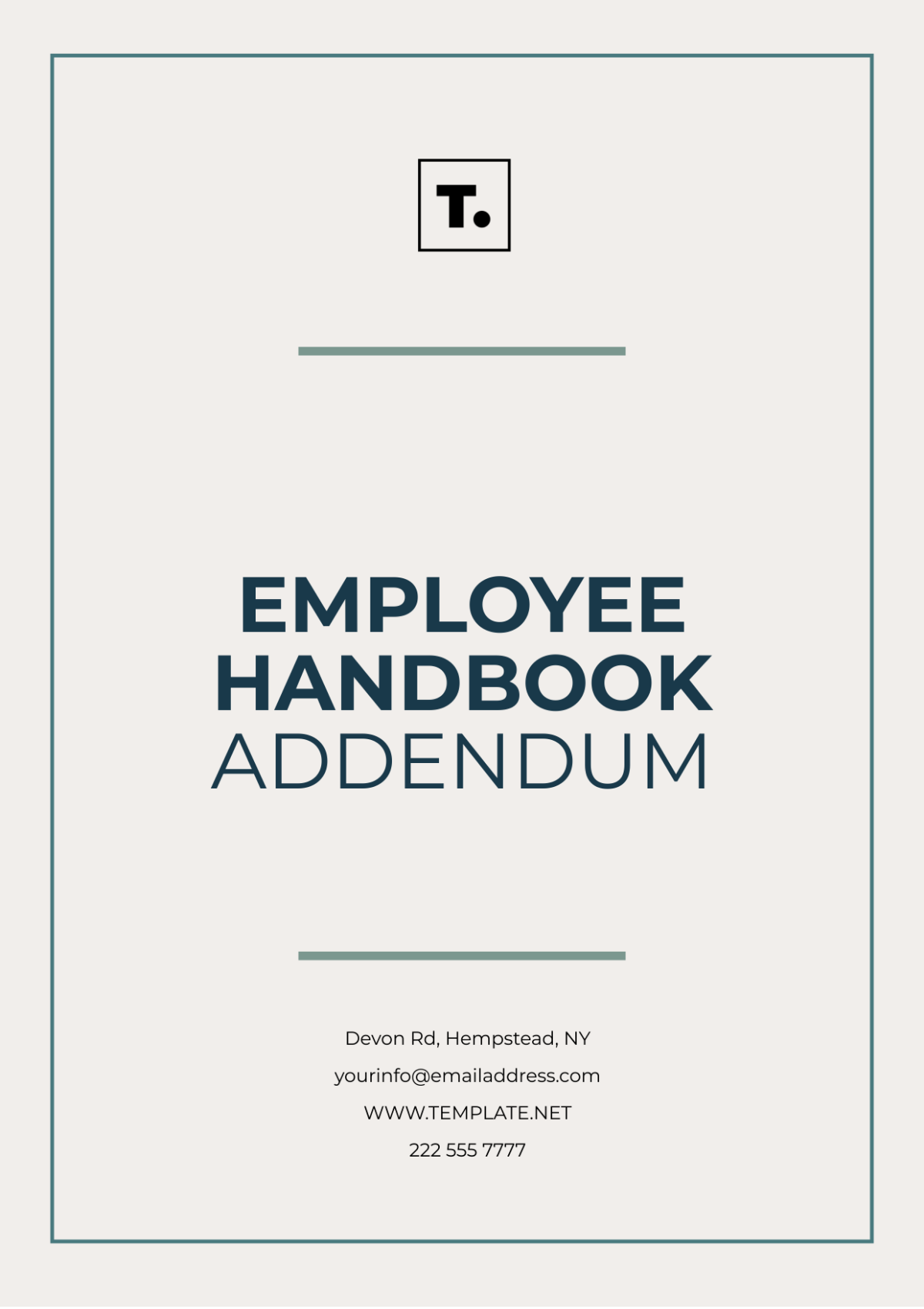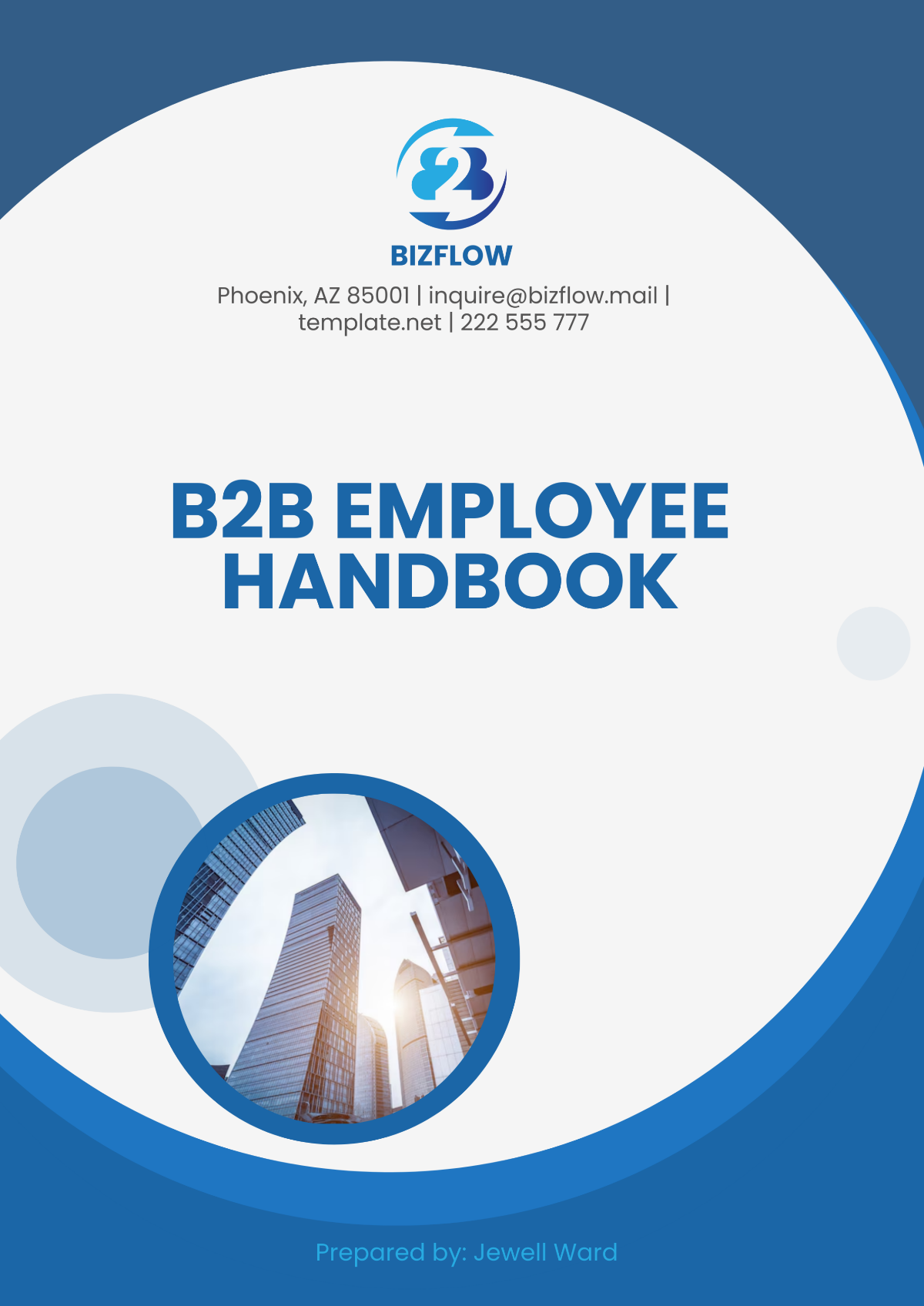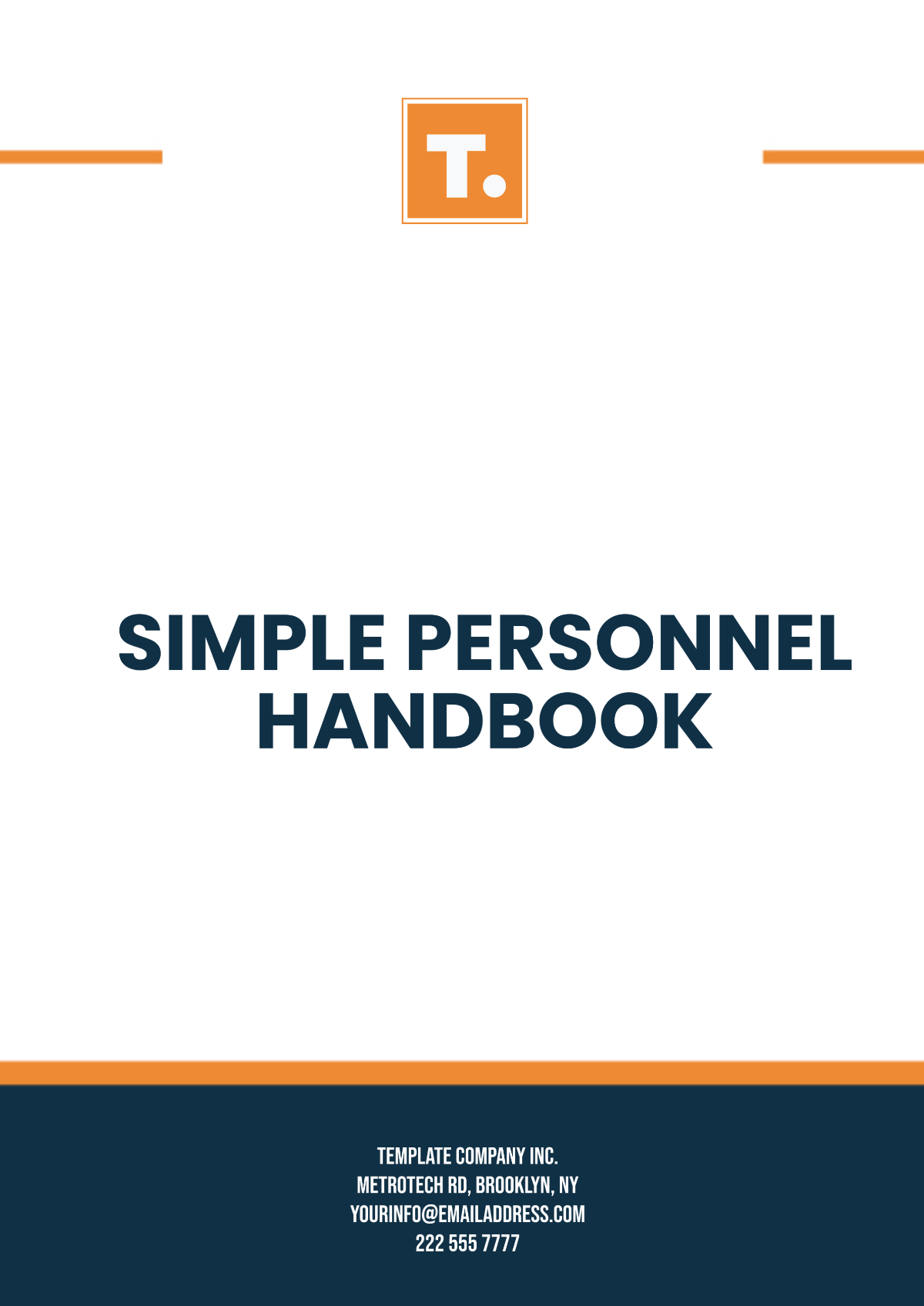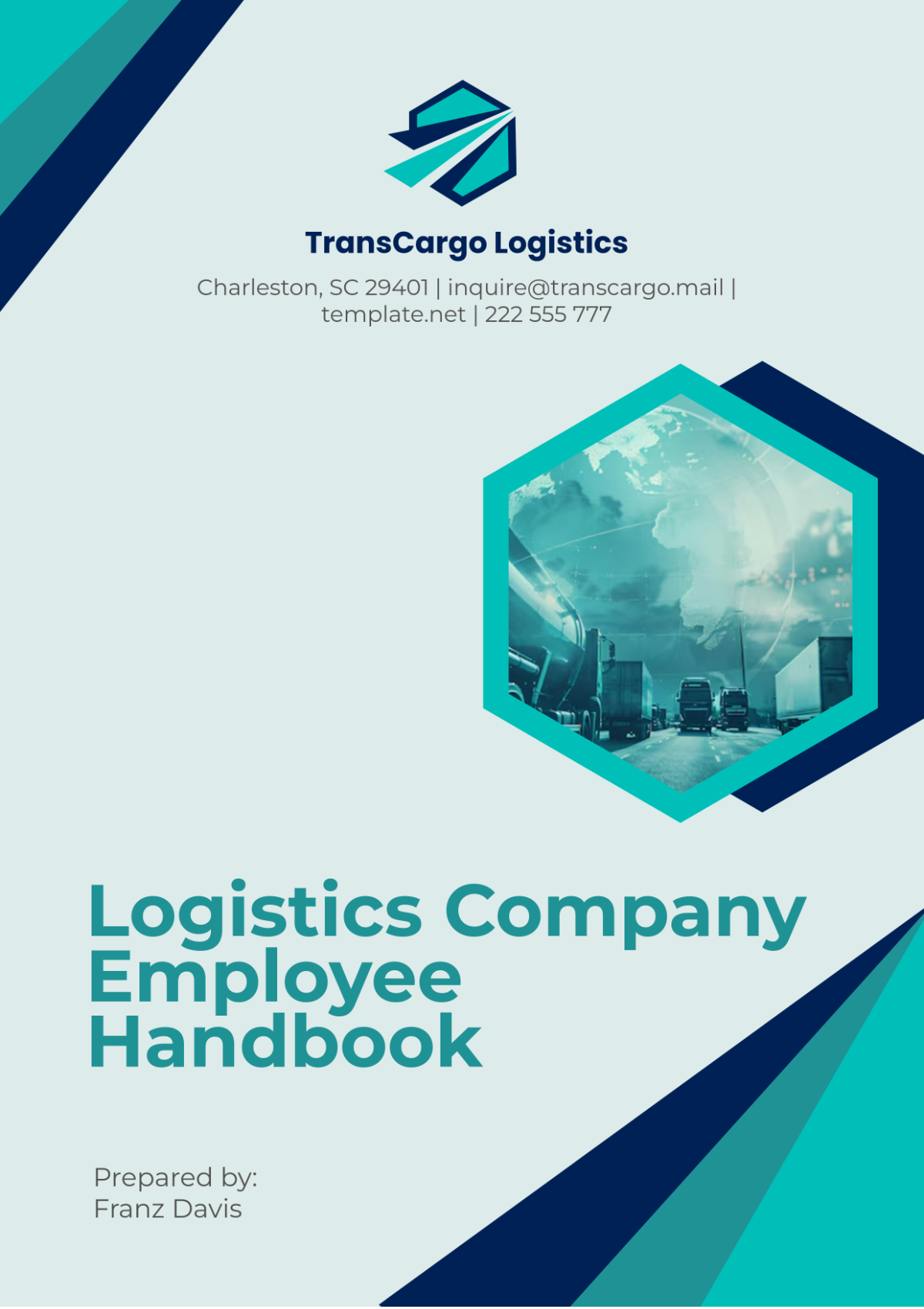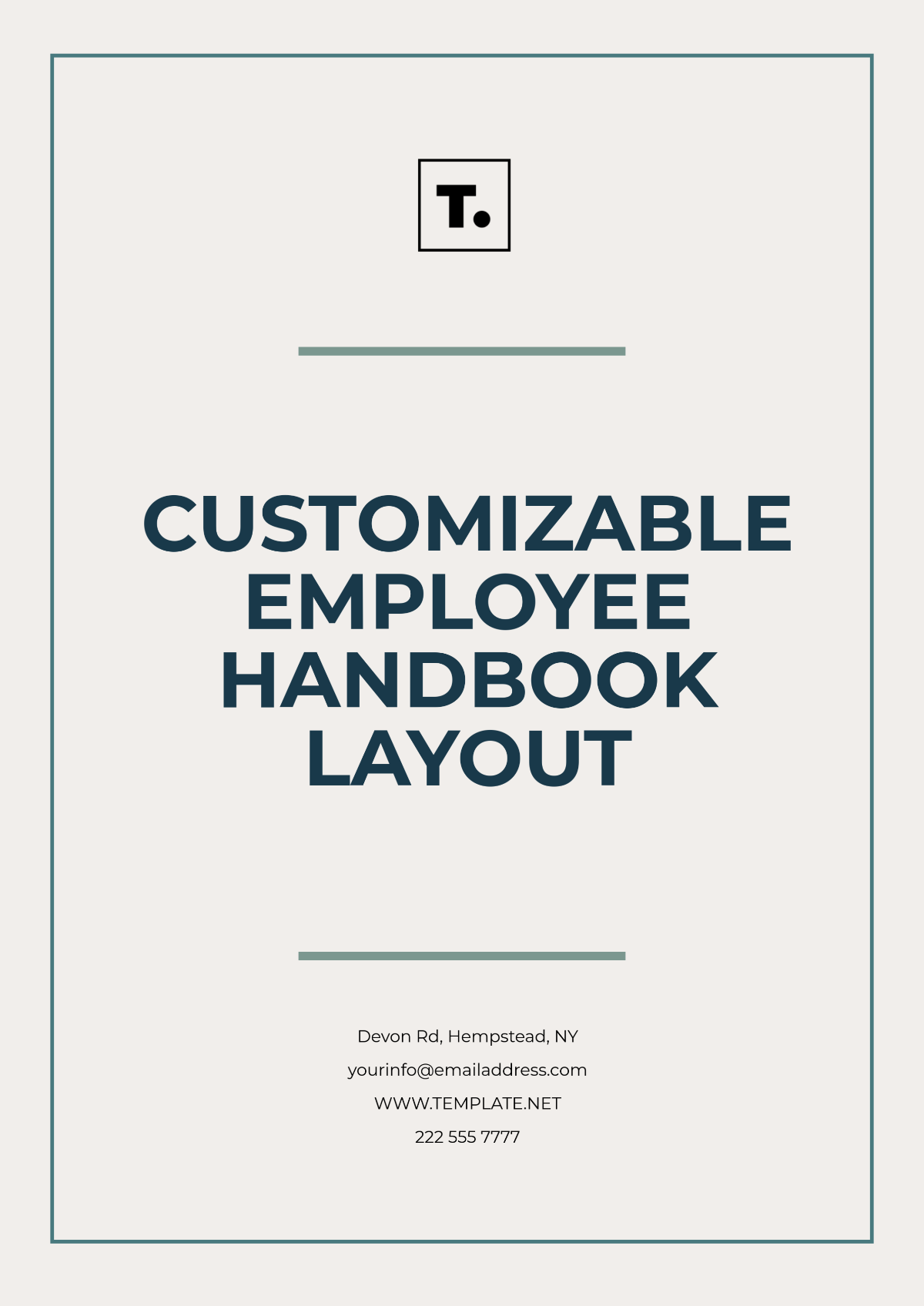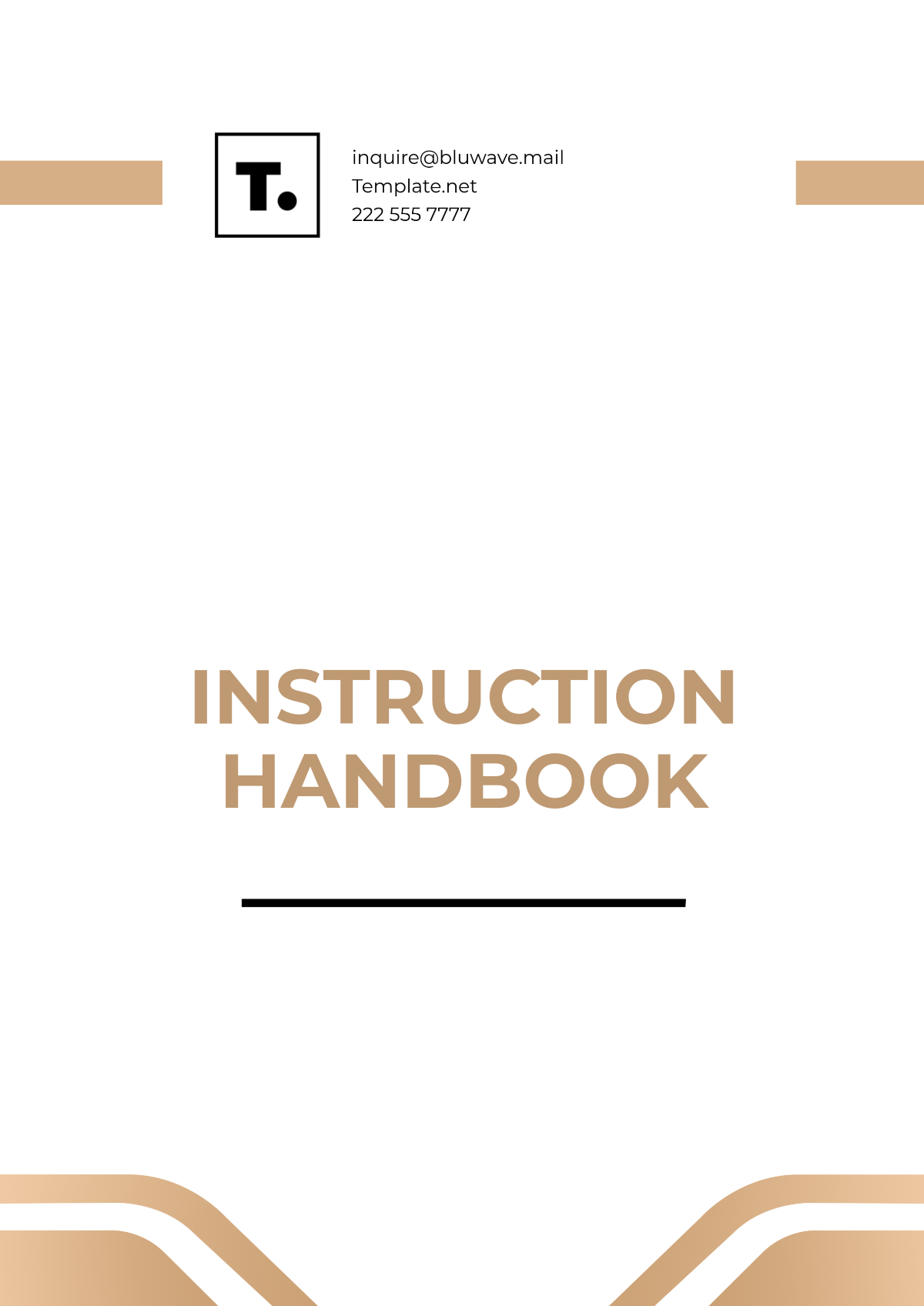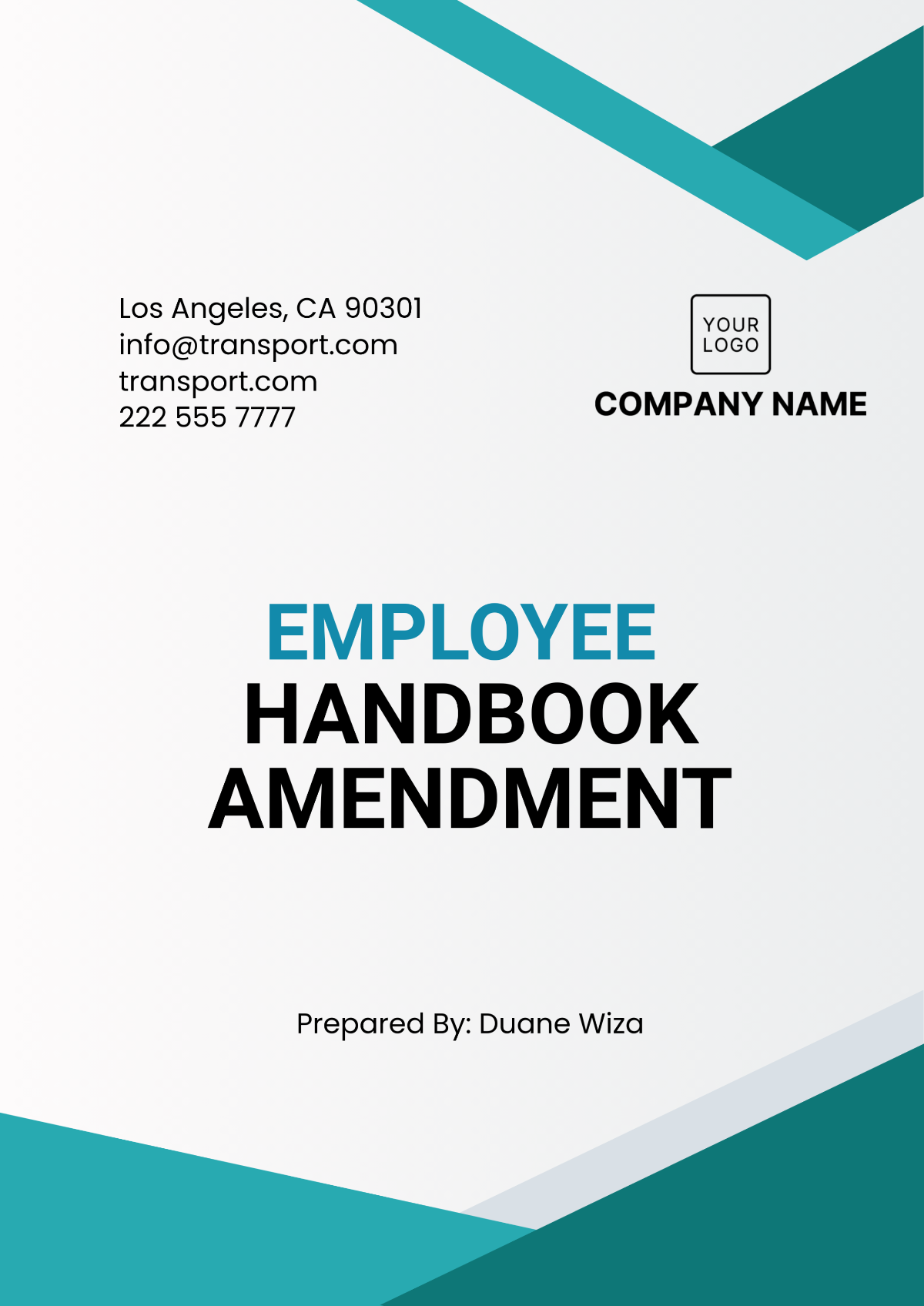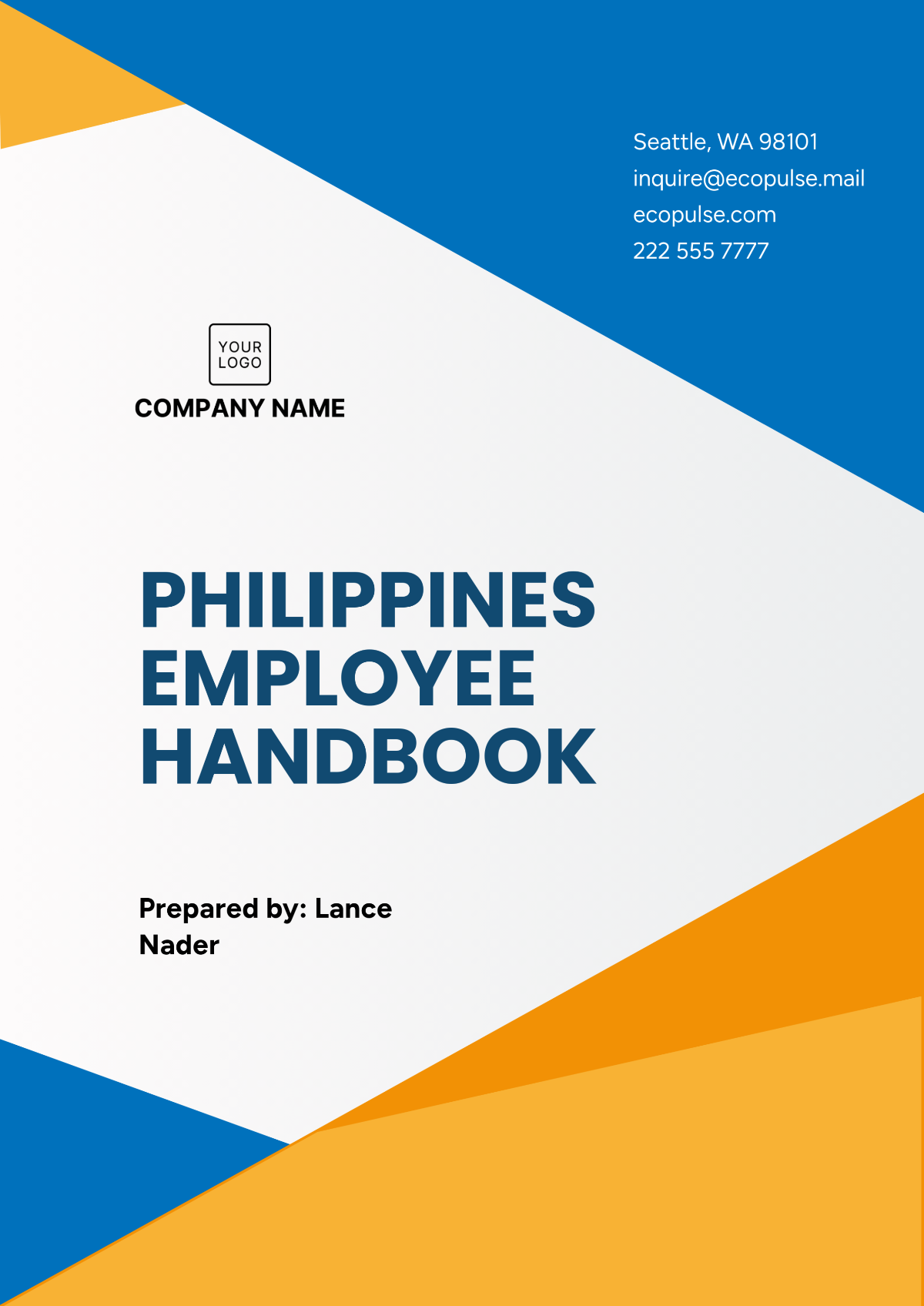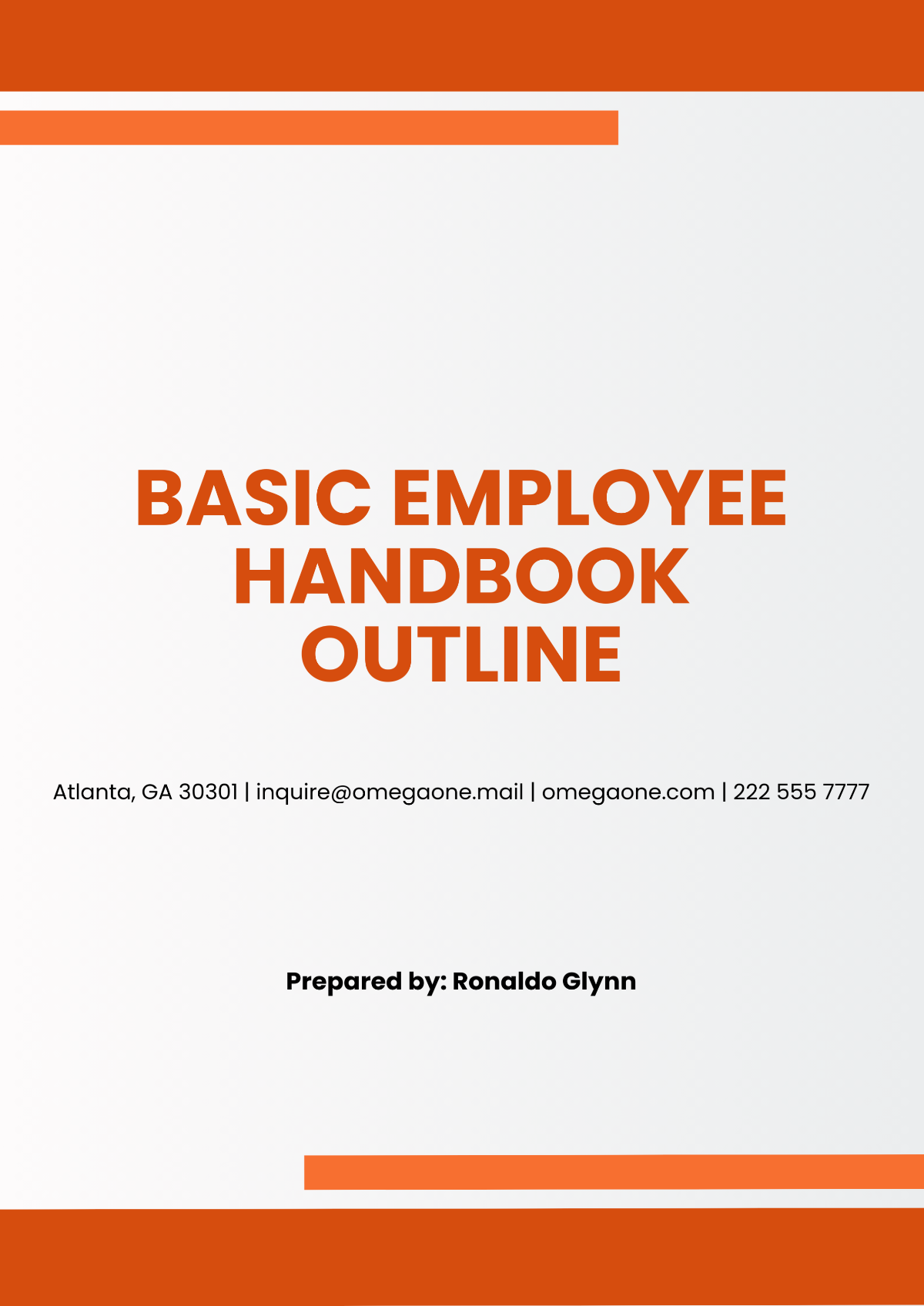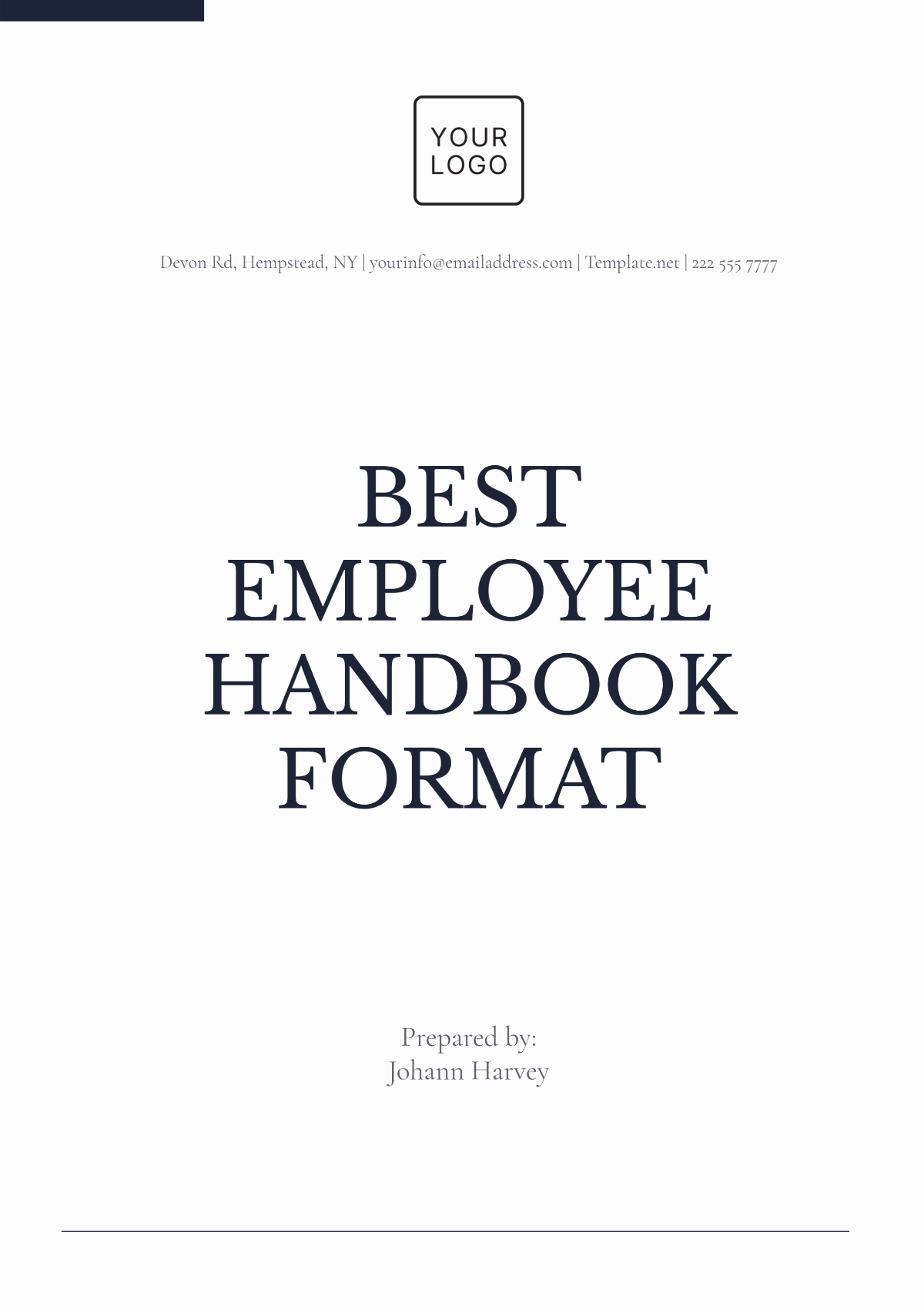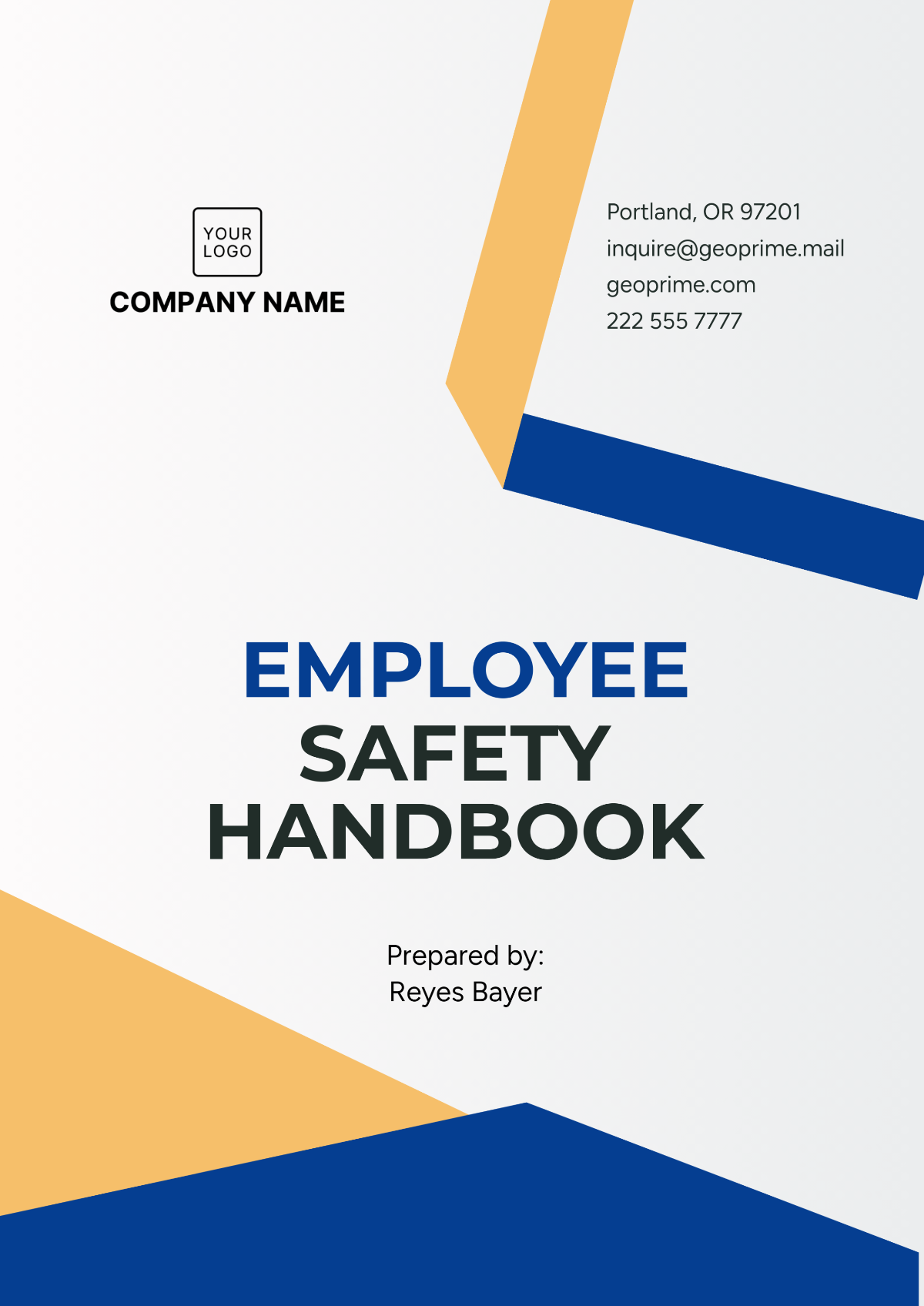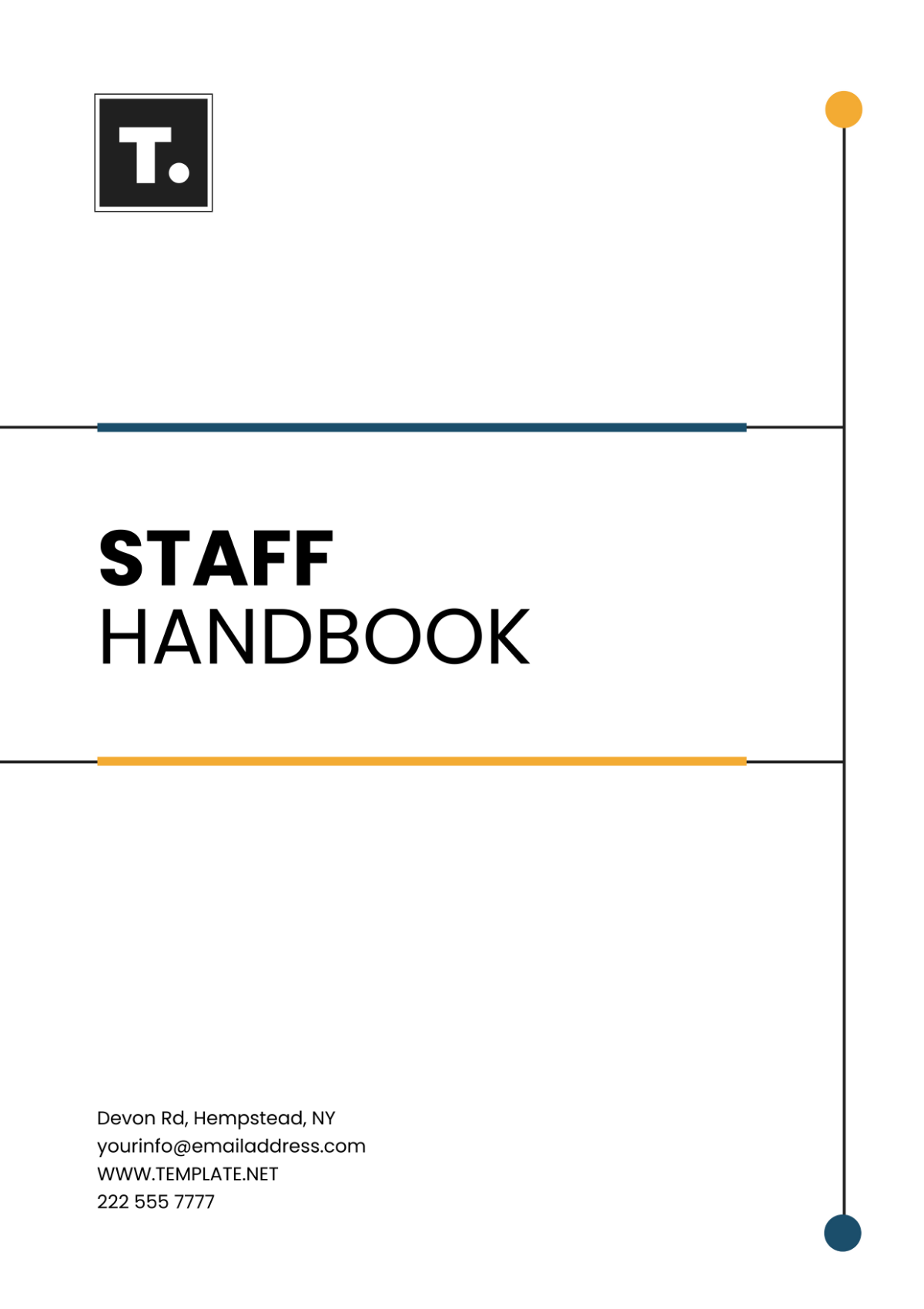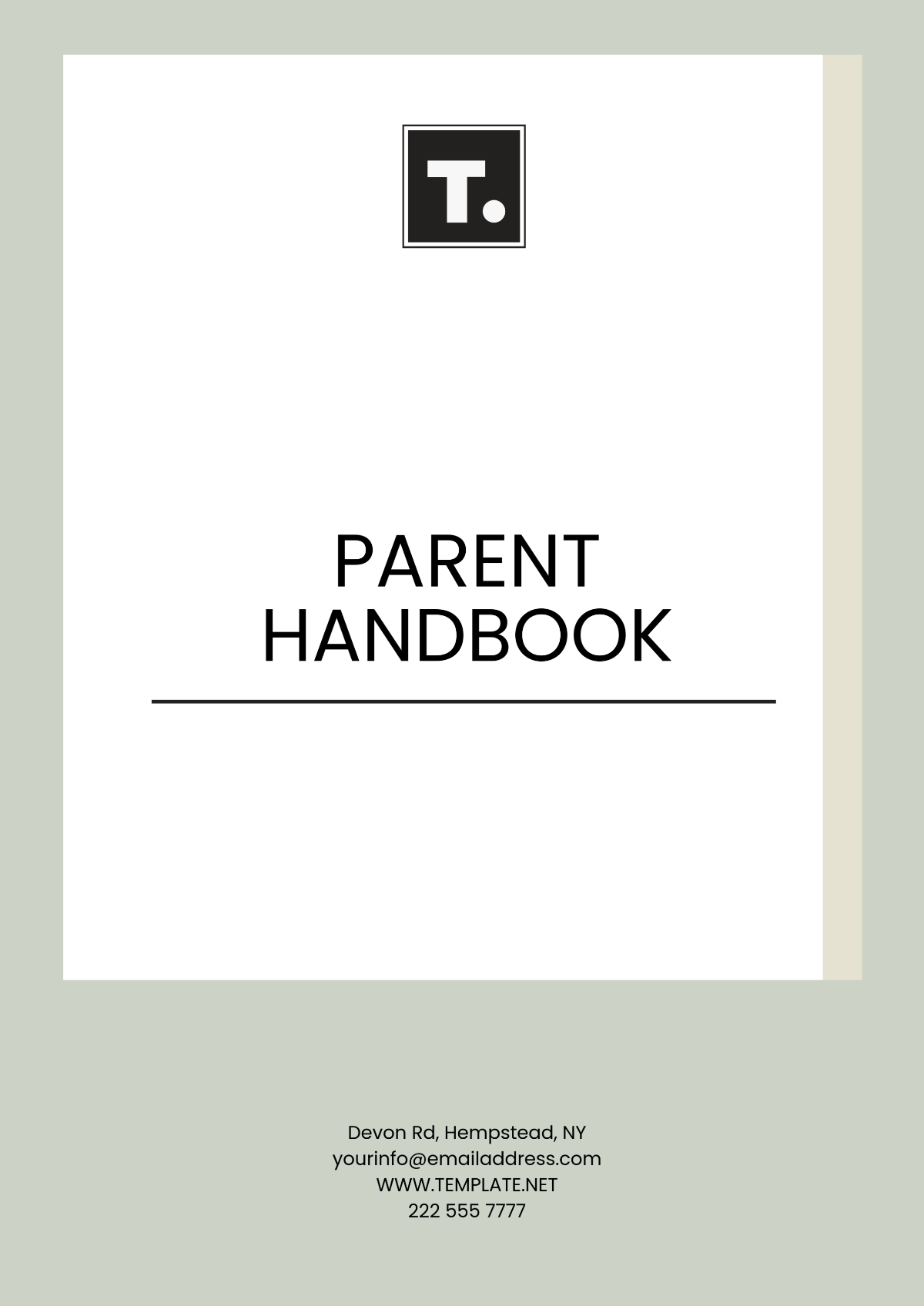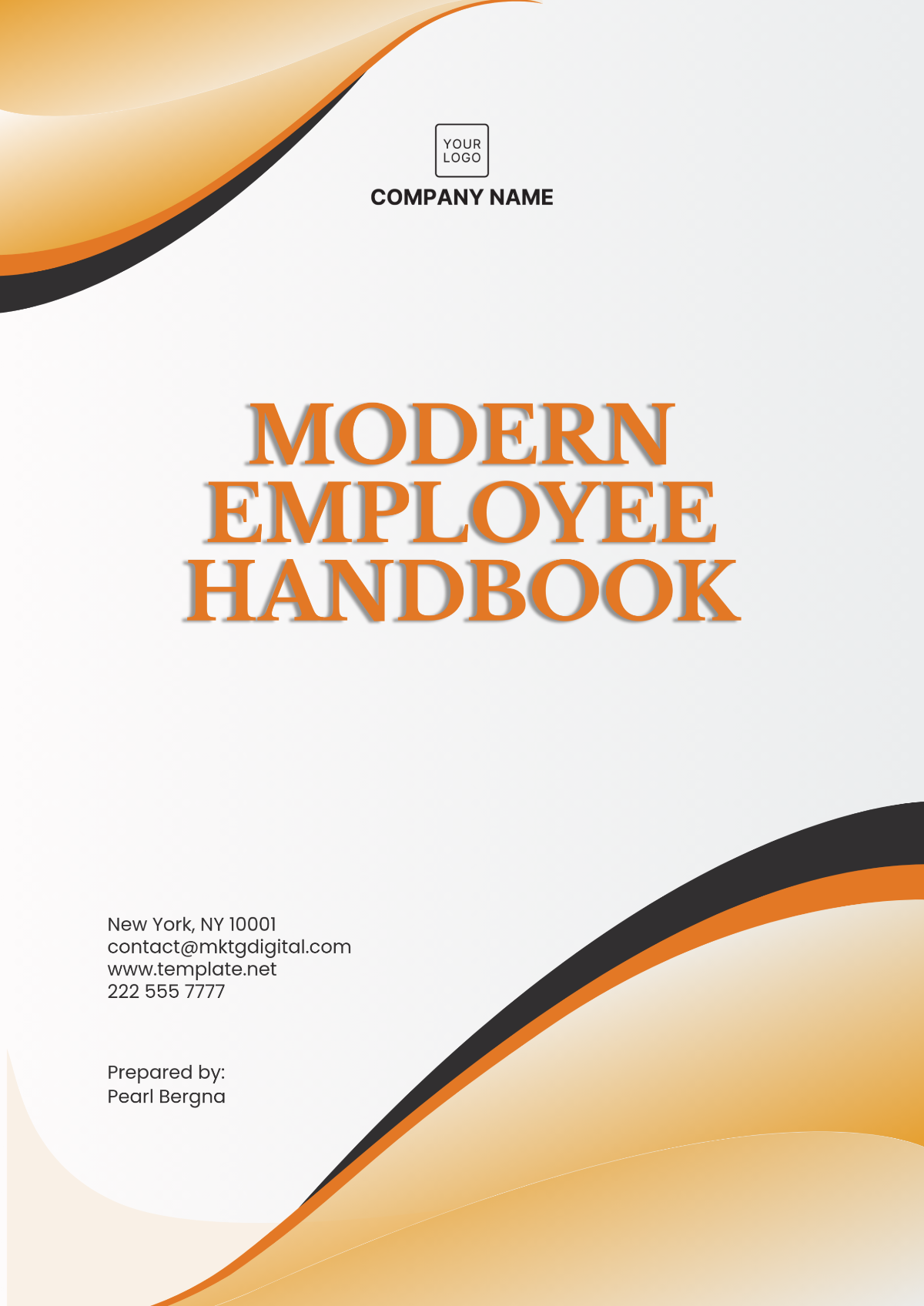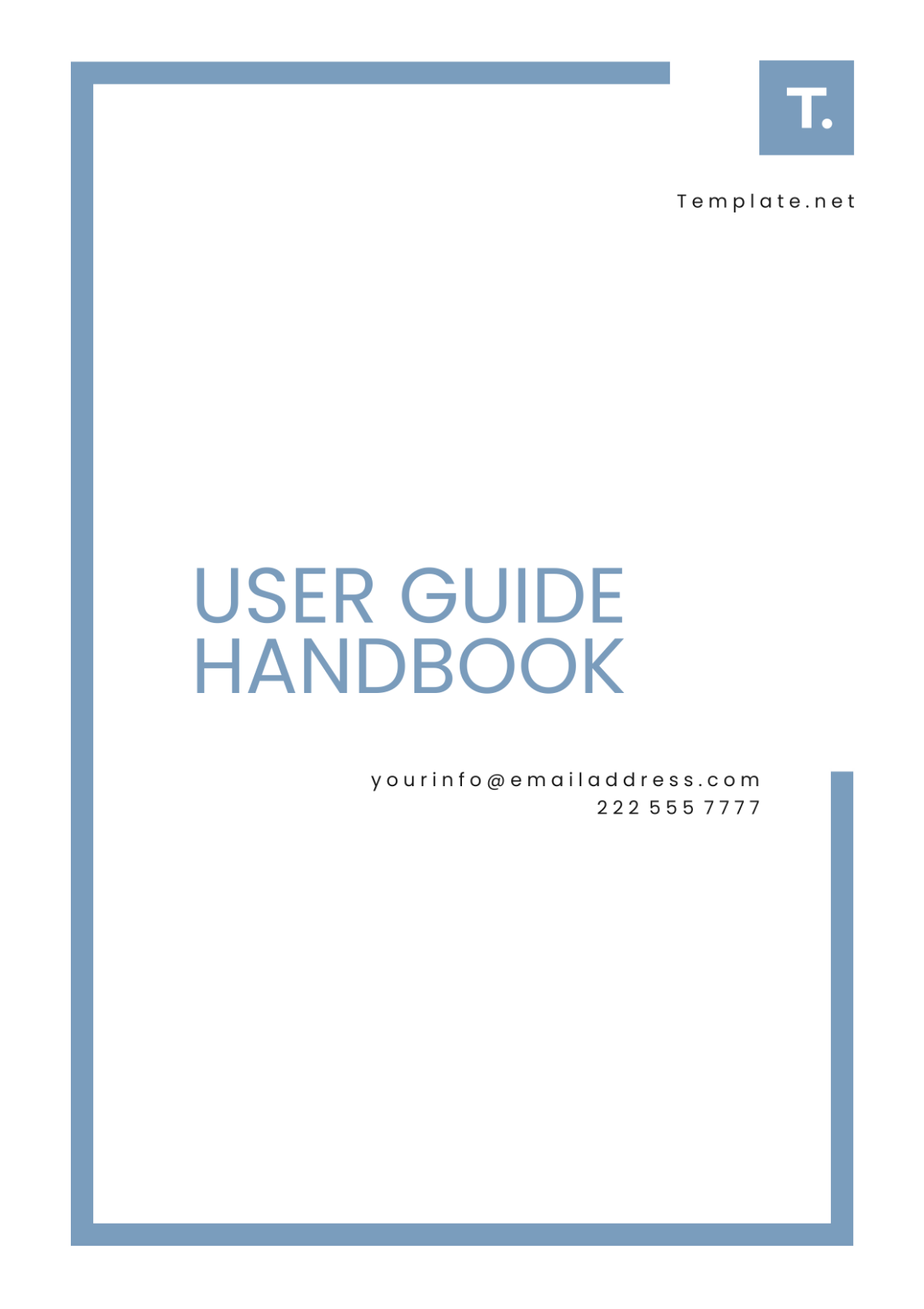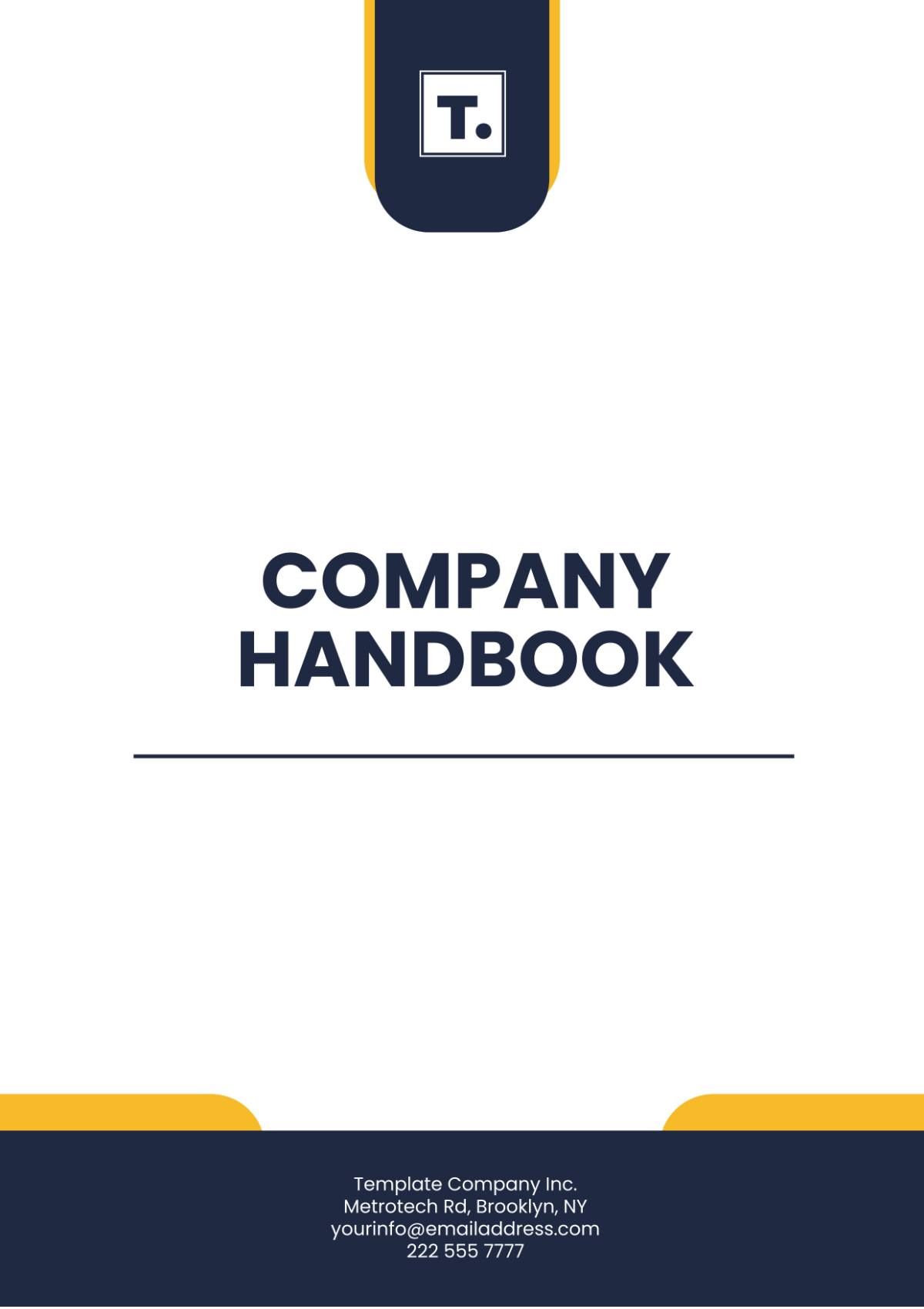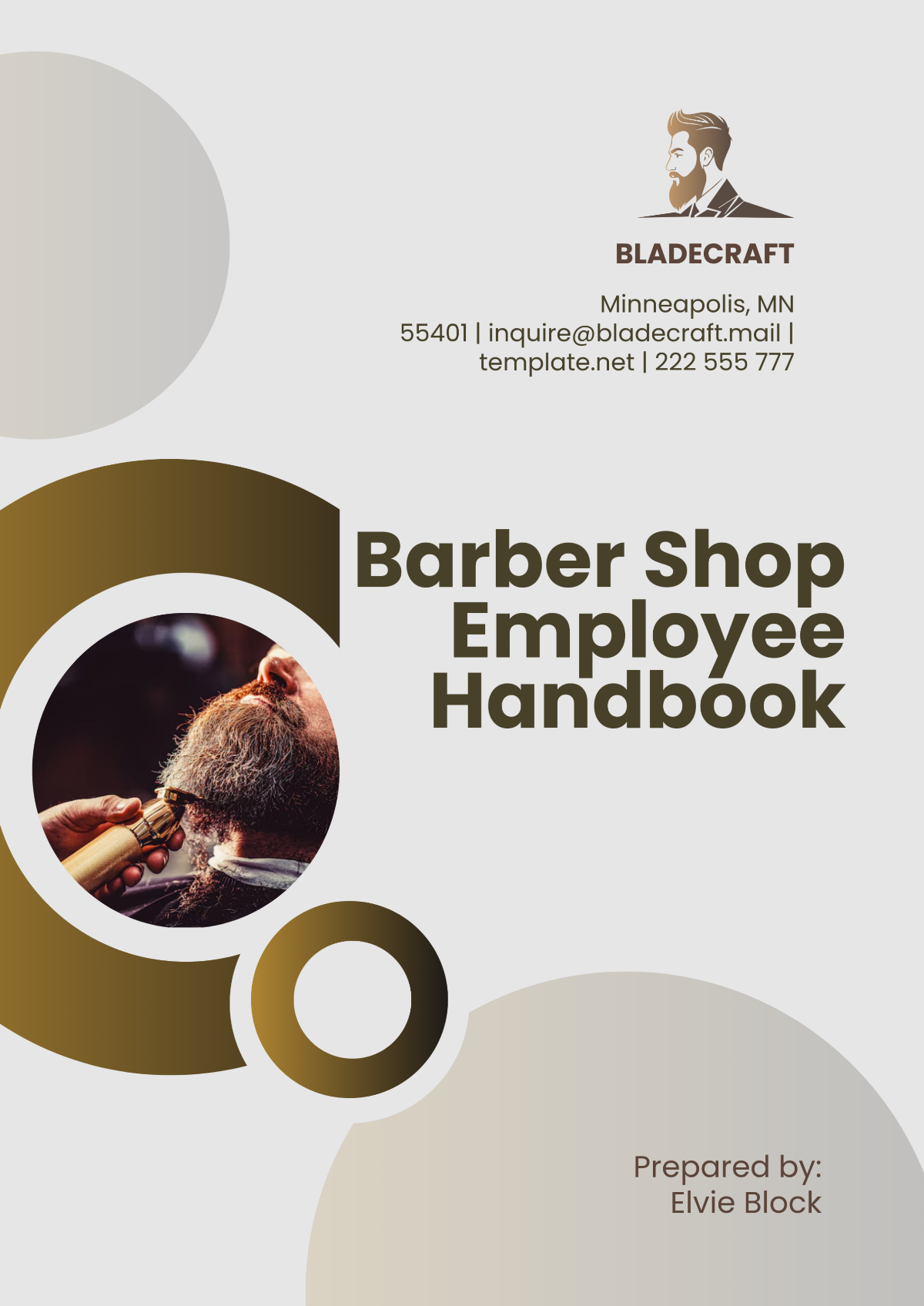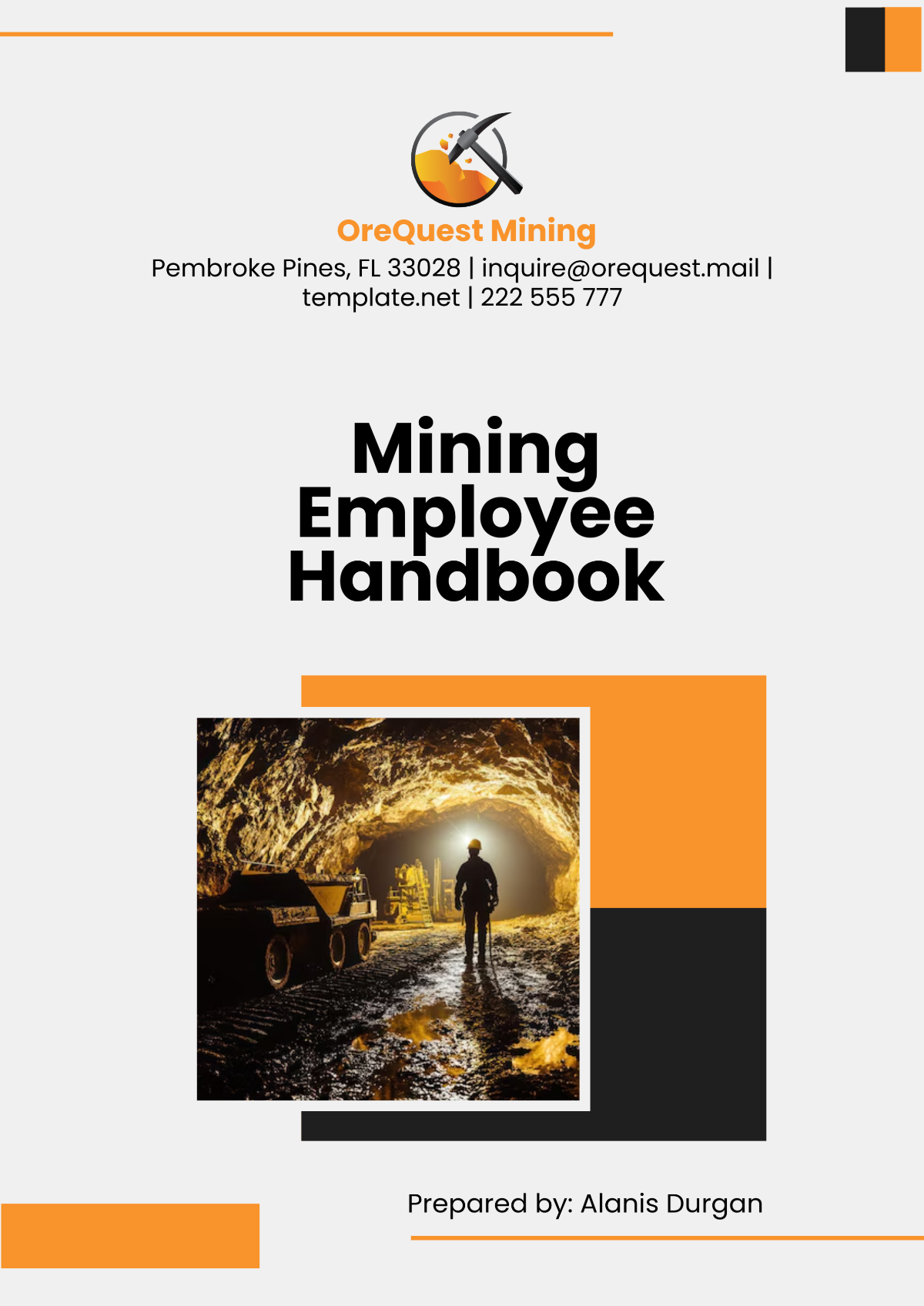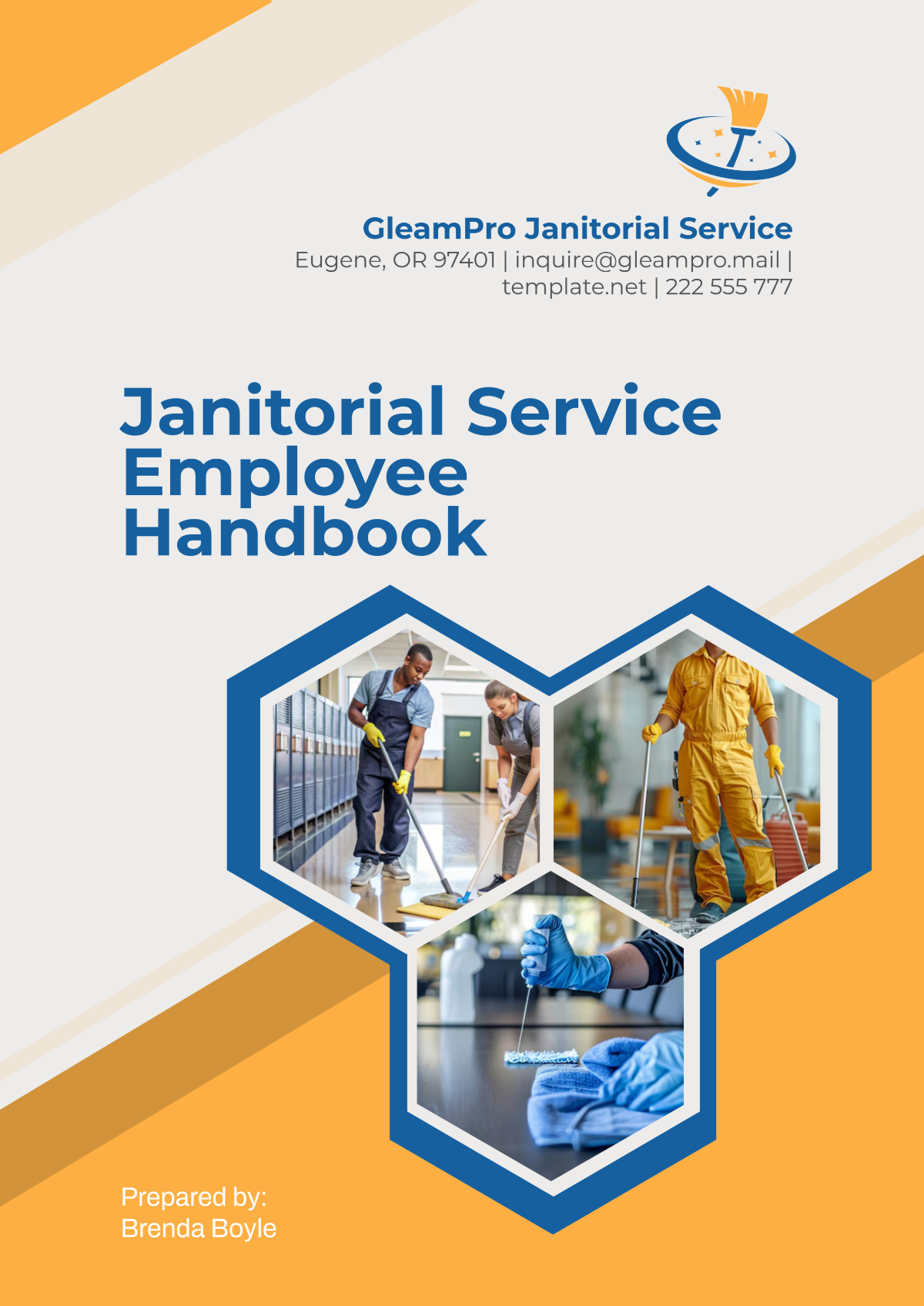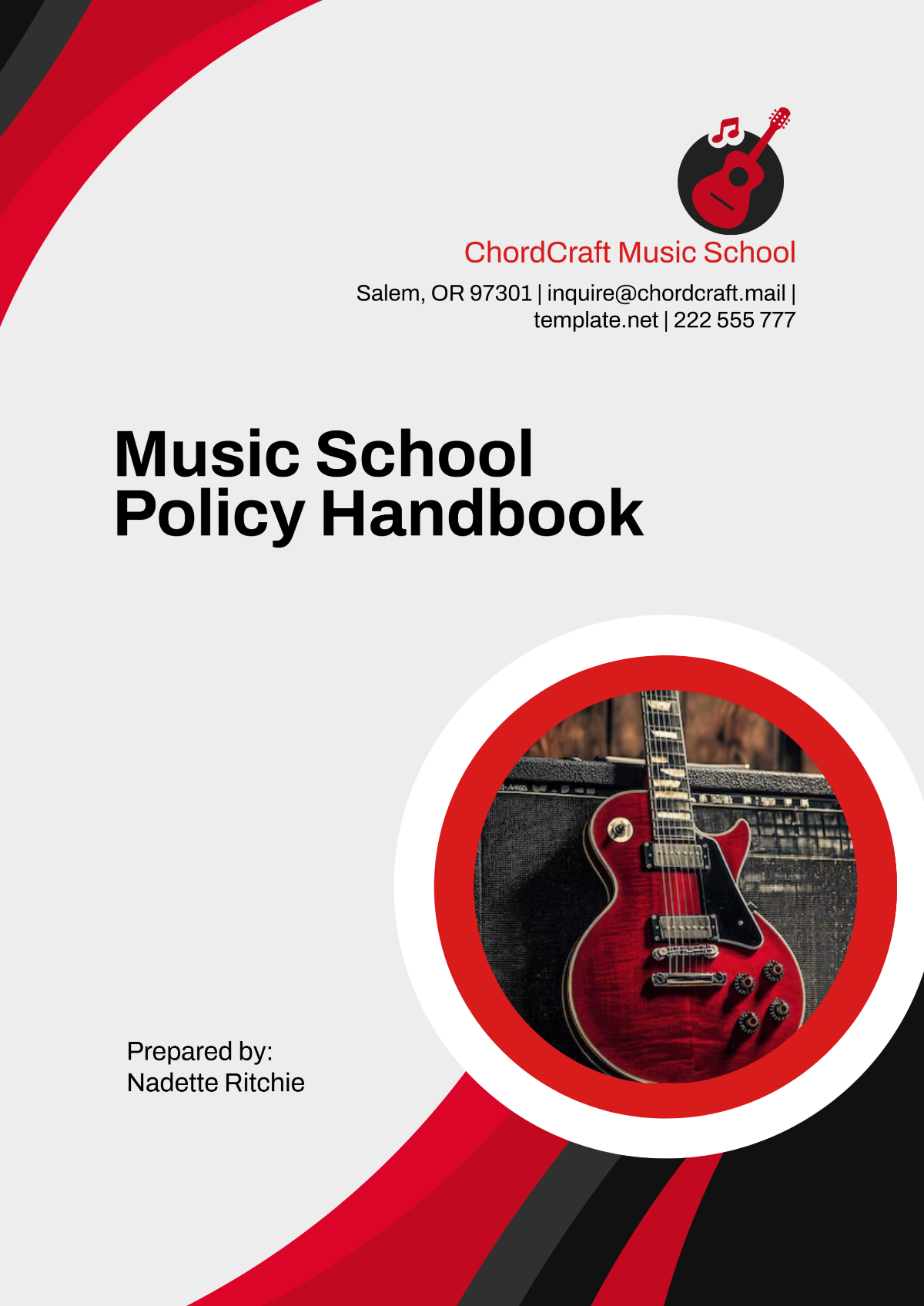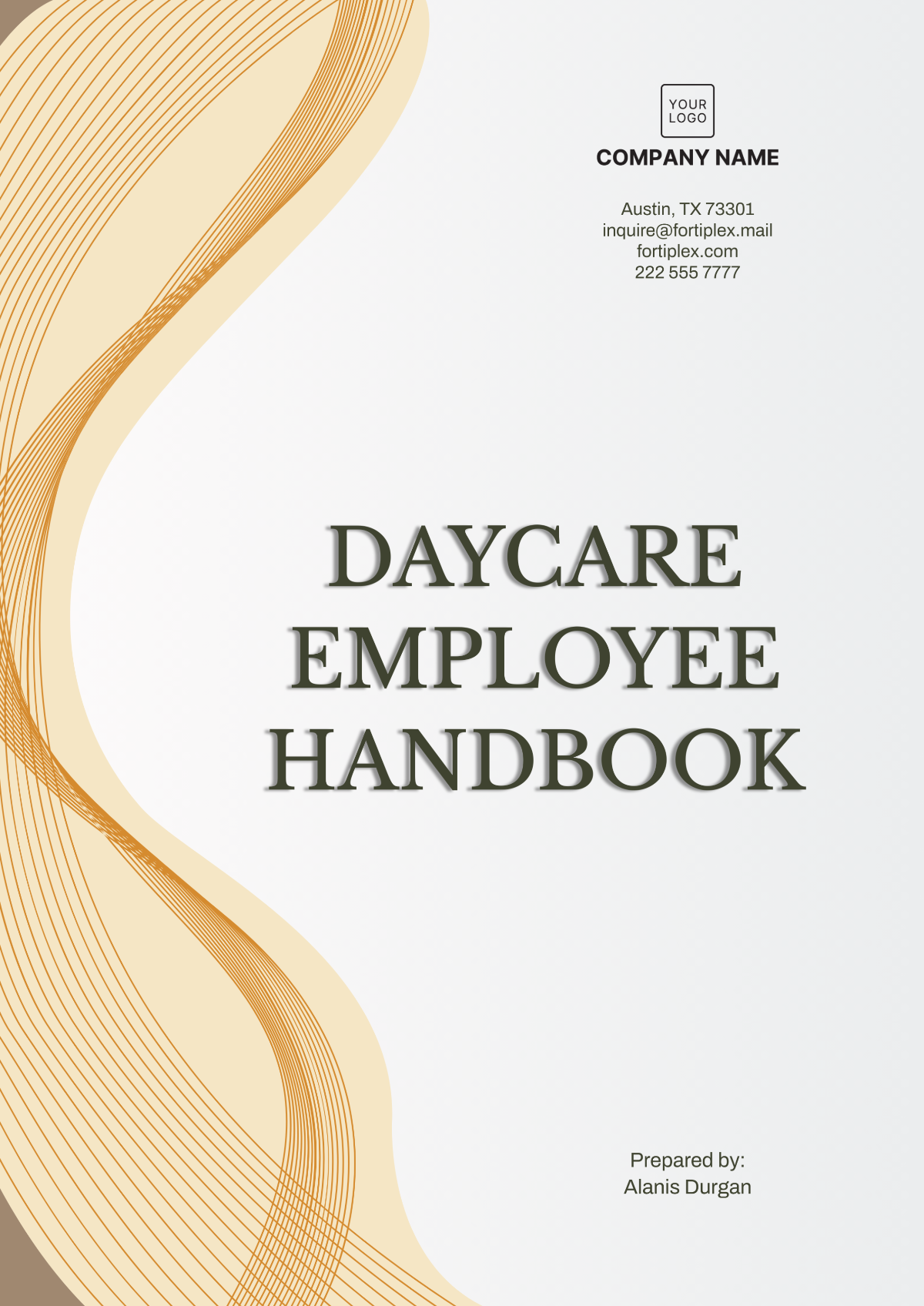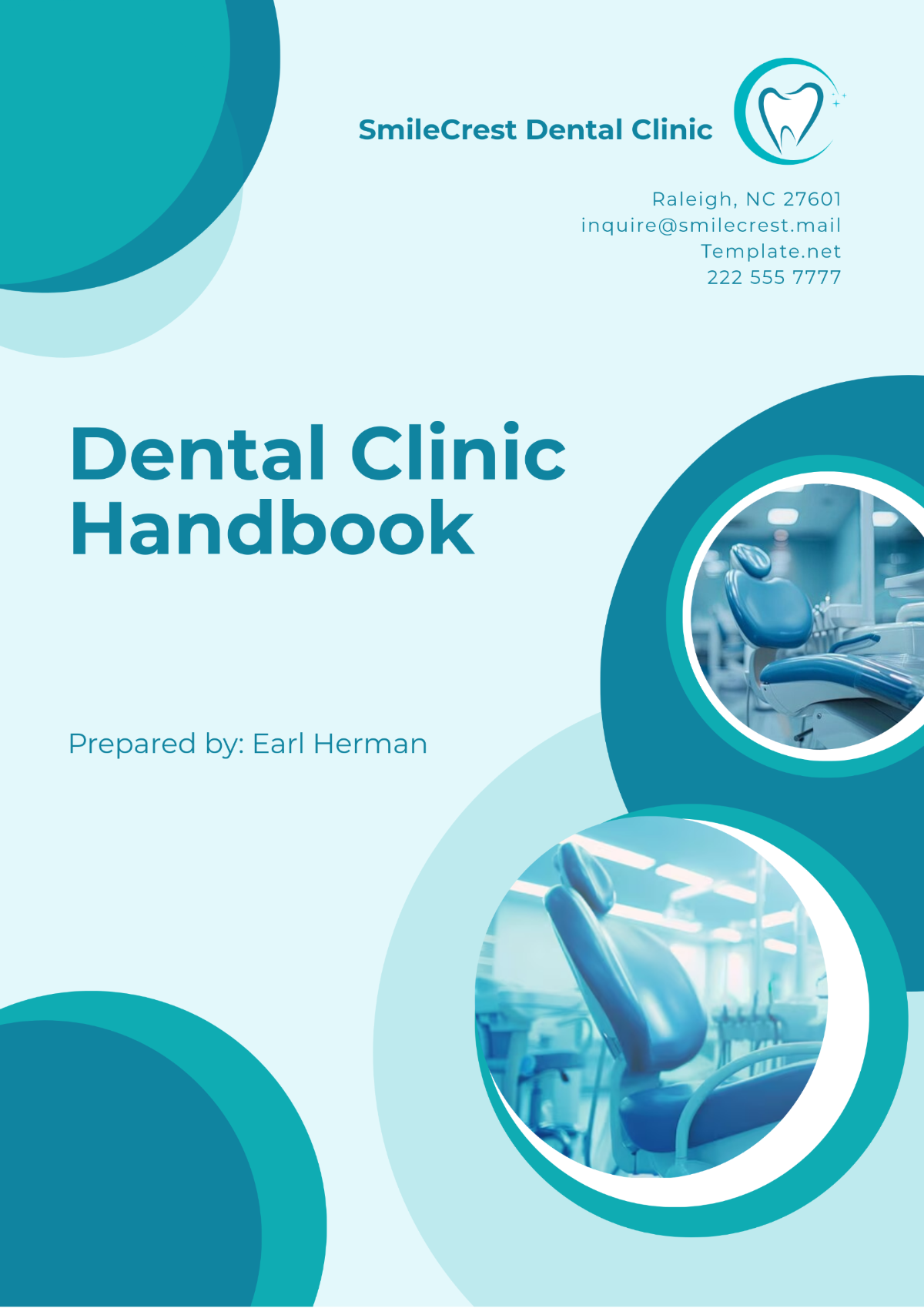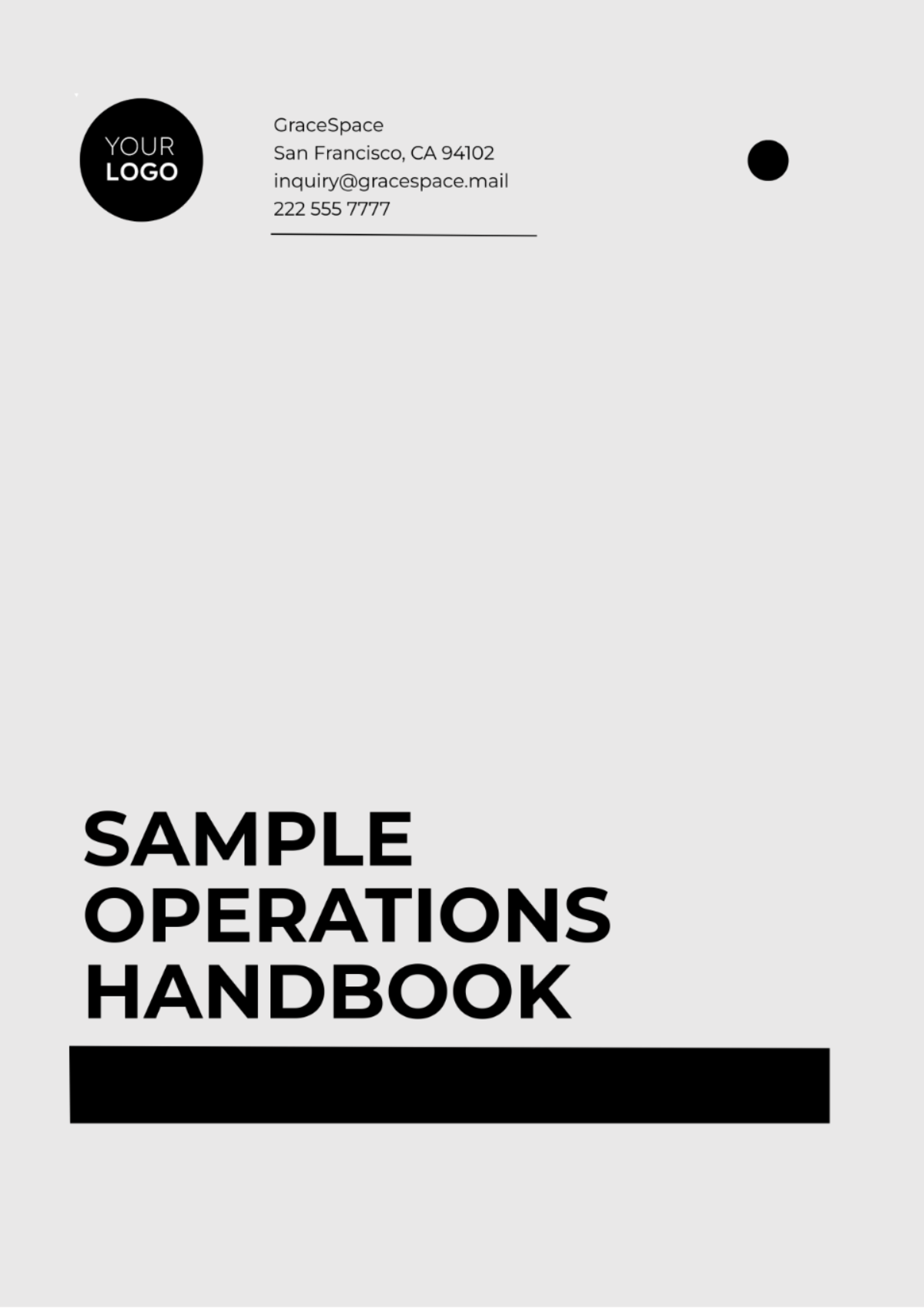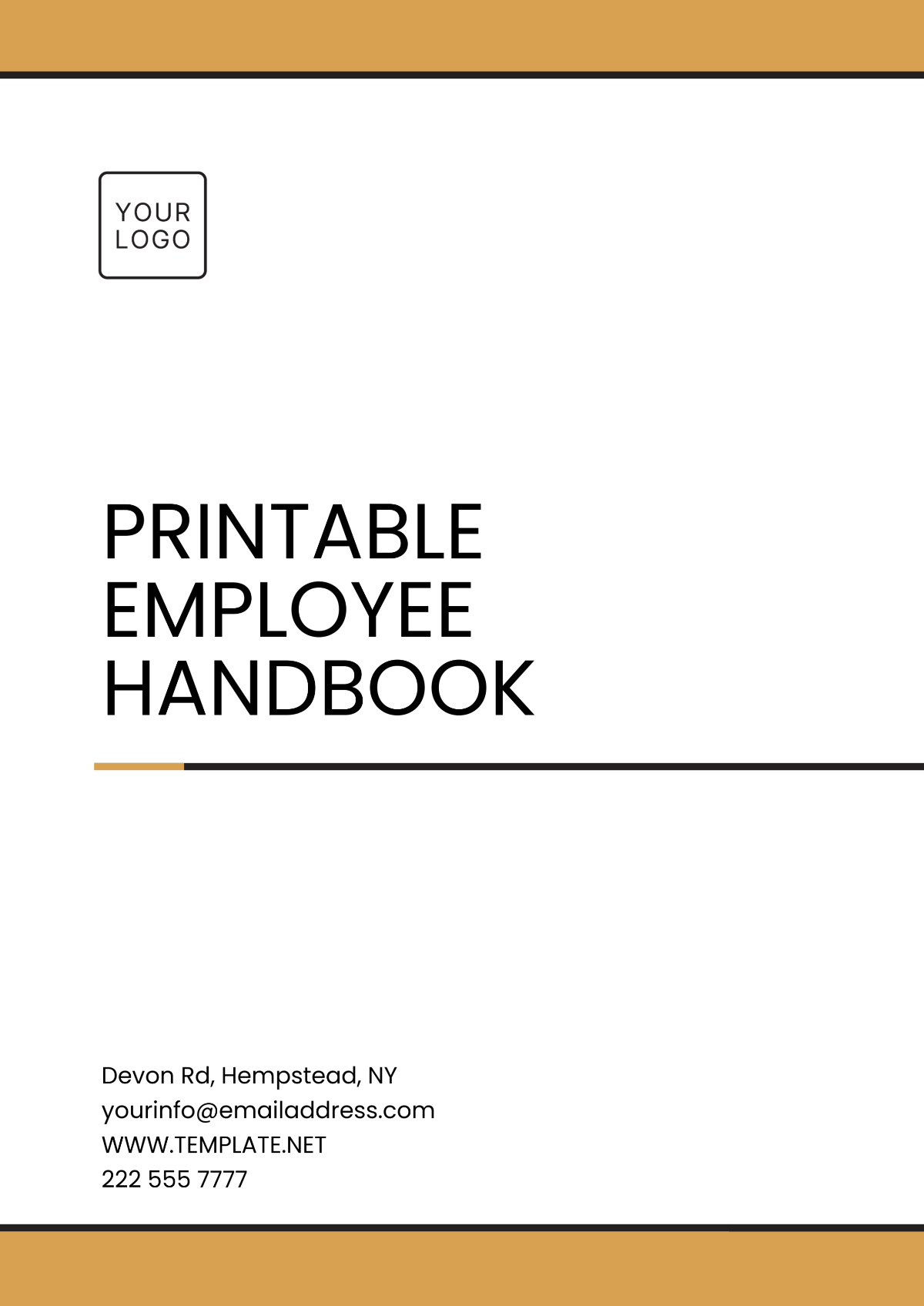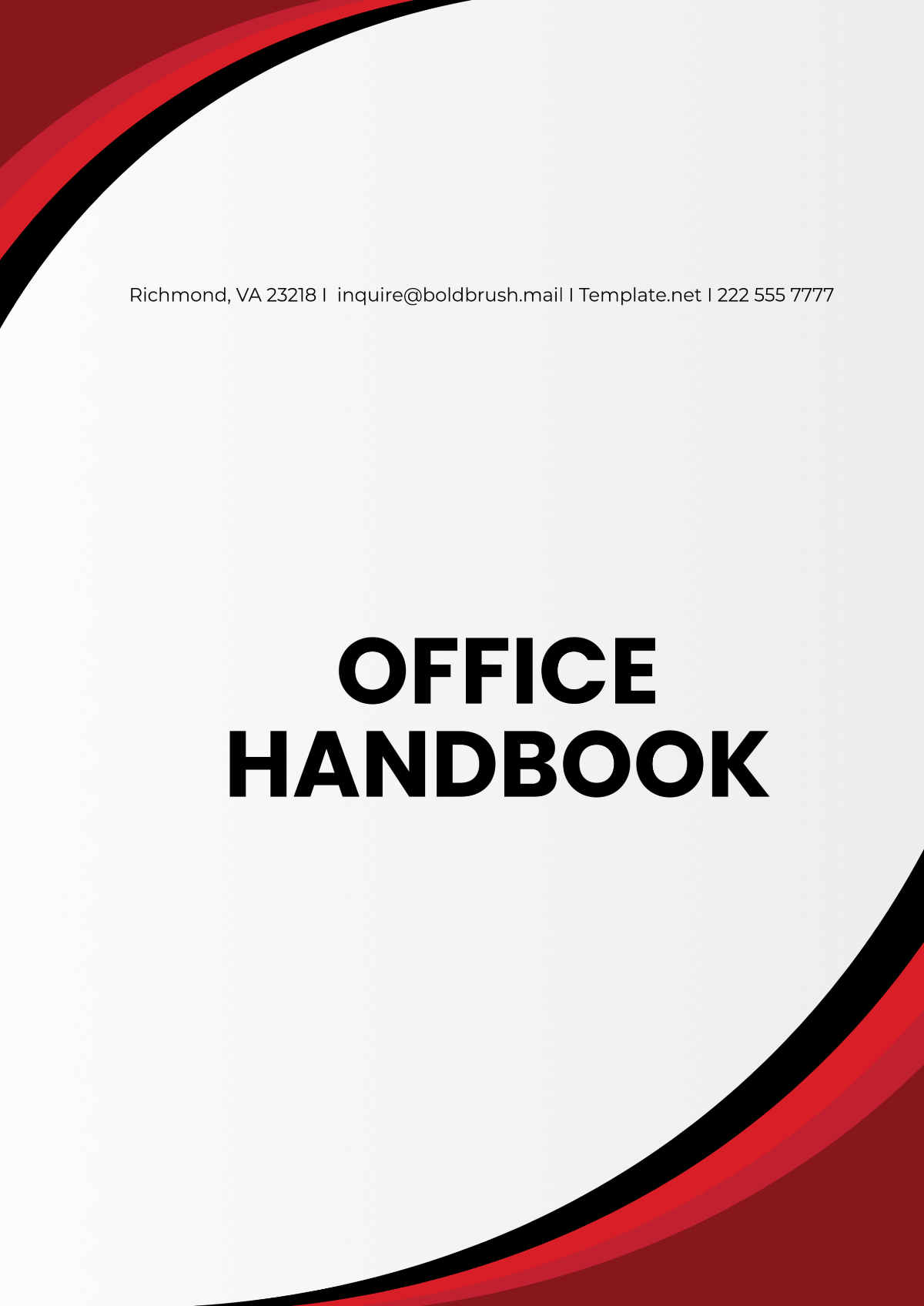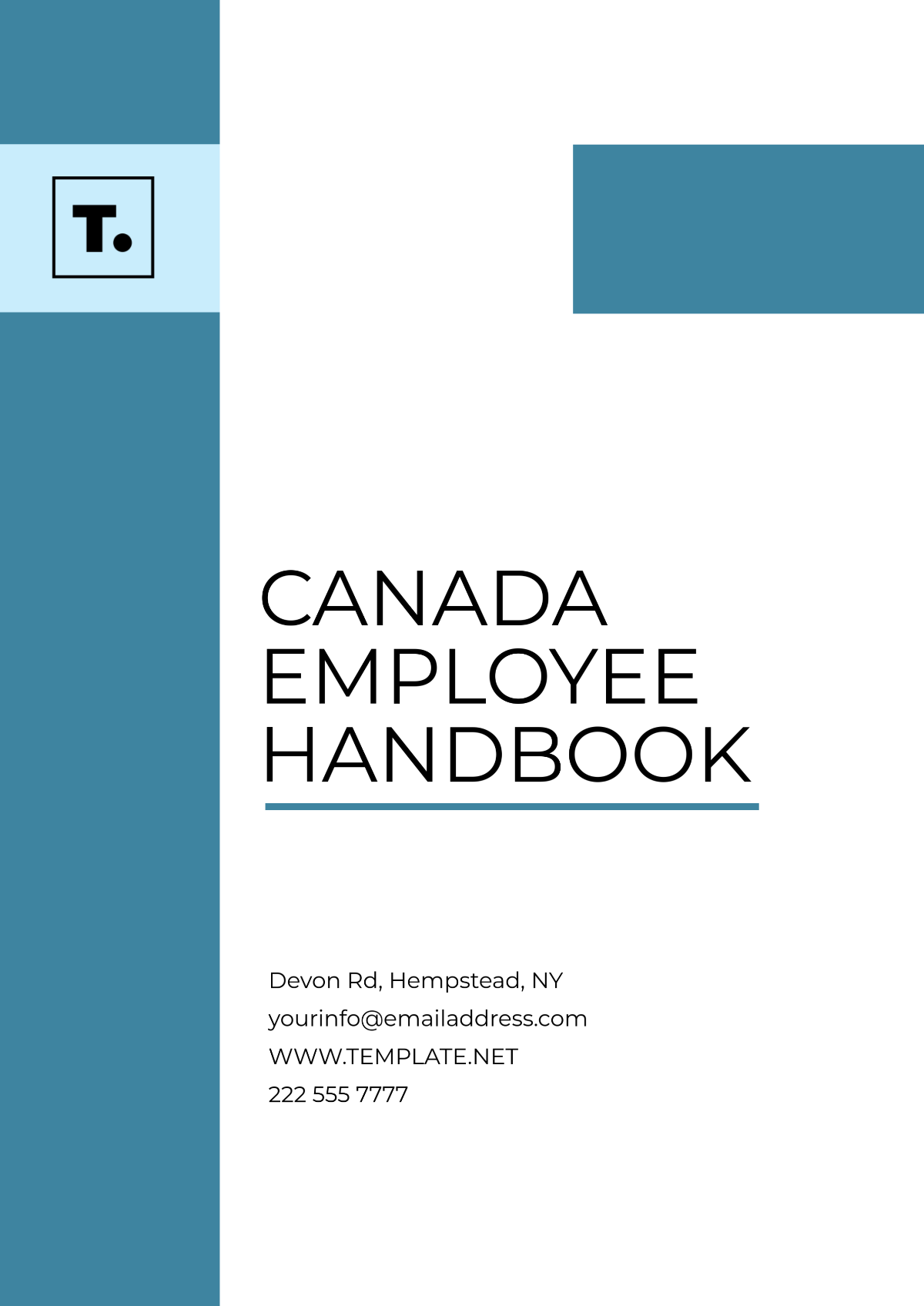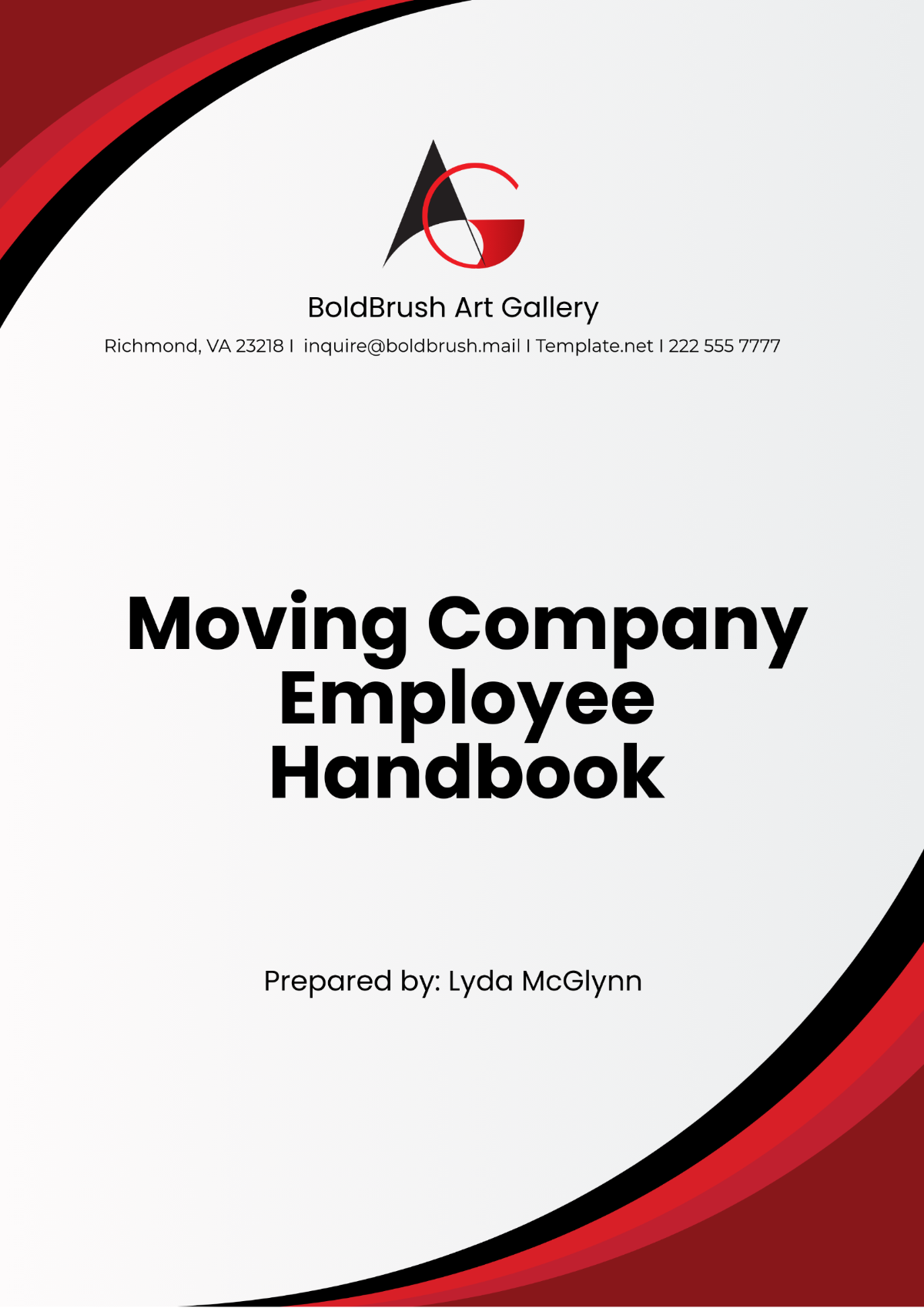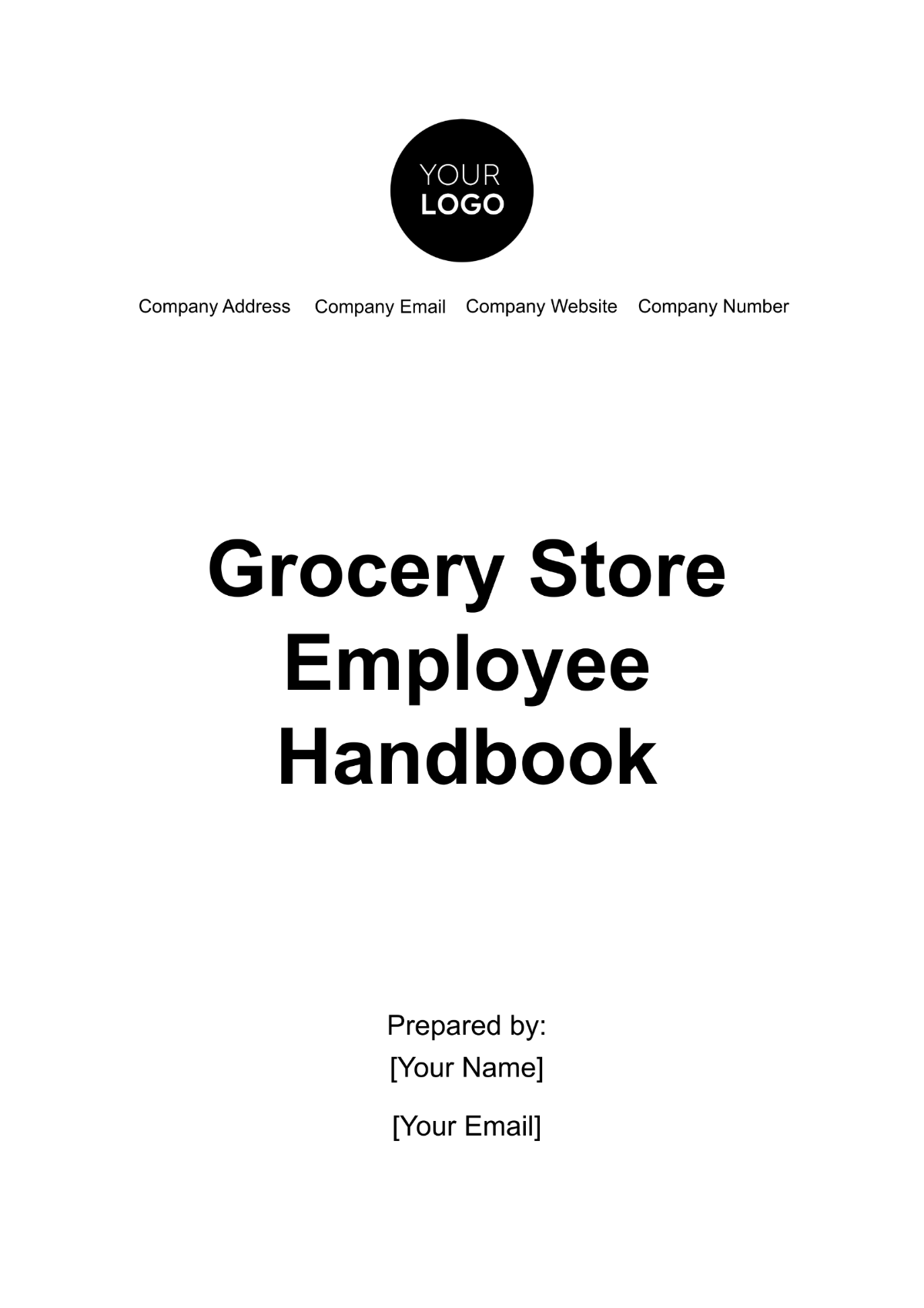TABLE OF CONTENTS
I. Introduction To Labor Law ...............................................................................3
II. Employment Relationship .................................................................................3
III. Employment Rights And Responsibilities ...................................................5
IV. Wage And Hour Laws ........................................................................................6
V. Termination And Severance .............................................................................7
VI. Employee Privacy And Data Protection .....................................................9
Introduction To Labor Law
The Importance Of Labor Law
Labor law plays a pivotal role in the modern world, shaping the dynamics of the workplace and safeguarding the rights of employees. This chapter begins by emphasizing the profound importance of labor law within society. It serves as the foundation upon which employer-employee relationships are built, establishing a framework for fairness, equity, and productivity in the workplace.
Historical Evolution Of Labor Law
To truly grasp the significance of labor law, it is essential to understand its historical evolution. This chapter traces the development of labor law from its roots in the early labor movements of the 19th century to its contemporary form. We explore key milestones, including the rise of labor unions, the establishment of the International Labour Organization (ILO), and the enactment of transformative labor legislation.
Employment Relationship
The employment relationship lies at the heart of labor law, serving as the foundation upon which the rights and obligations of both employers and employees are established. This chapter delves deep into the nuances of this critical relationship, exploring its various forms, the intricacies of employment contracts, and the distinctions between at-will employment and contract employment.
Types Of Employment Relationships
Full-Time Employment: Full-time employment represents the traditional and most common form of employment. Employees under full-time contracts typically work a standard number of hours per week, often 40 hours, and receive a comprehensive set of benefits, including health insurance, retirement plans, and paid time off.
Part-Time And Temporary Employment: Part-time and temporary employment arrangements offer flexibility to both employers and employees. Part-time workers typically work fewer hours than full-time employees, often due to personal preferences, school commitments, or other factors.
Independent Contractors: Independent contractors, sometimes referred to as freelancers or consultants, represent a distinct category of employment. Unlike traditional employees, independent contractors work on a project-by-project basis or provide specialized services to multiple clients.
Employment Contracts
Elements Of A Valid Employment Contract | Employment contracts are the bedrock of the employment relationship. They outline the terms and conditions of employment, including job duties, compensation, benefits, and termination clauses. |
Express And Implied Terms | Employment contracts can include both express and implied terms. Express terms are those explicitly stated in the contract, such as salary, work hours, and benefits. Implied terms are not explicitly mentioned but are understood to be part of the contract based on industry standards, common practices, or statutory requirements. |
Offer And Acceptance | The formation of an employment contract involves an offer made by the employer and acceptance by the employee. This offer and acceptance can be in writing or verbal, depending on the jurisdiction and the specific circumstances. Clarity in communication is essential to avoid misunderstandings and disputes. |
At-Will Employment vs. Contract Employment
Understanding At-Will Employment | At-will employment is a prevalent employment relationship in many jurisdictions, particularly in the United States. It means that either the employer or the employee can terminate the employment relationship at any time and for any reason, with or without cause, as long as it does not violate a specific law or employment contract. |
Benefits And Limitations Of Contracts | Contract employment, in contrast to at-will employment, is based on a formal agreement that specifies the terms and conditions of employment, including the duration of employment, compensation, and termination procedures. |
Termination Provisions | Employment contracts often include provisions related to termination, defining the circumstances under which employment can be terminated and the associated procedures. These provisions may outline notice periods, severance pay, and the grounds for termination, providing a clear framework for resolving disputes. |
Employment Rights And Responsibilities
Employee Rights
These rights are designed to ensure that employees are treated fairly and with dignity. Some of the key topics covered include:
Right To A Safe Workplace: Every employee has the right to work in an environment that is free from hazards and dangers. We delve into the role of the Occupational Safety and Health Administration (OSHA) in ensuring workplace safety and discuss the obligations of both employers and employees in maintaining a safe working environment.
Non-Discrimination And Equal Opportunity: Discrimination based on factors such as race, gender, age, religion, disability, and more is strictly prohibited. We explore the laws and regulations that protect employees from discrimination and harassment, including Title VII of the Civil Rights Act and the Americans with Disabilities Act (ADA).
Privacy Rights: Employees have certain expectations of privacy in the workplace, such as in their personal belongings and communications. We discuss the balance between an employer's legitimate interests in monitoring and an employee's right to privacy, including the use of company email and surveillance.
Employer Responsibilities
Providing A Safe Working Environment: Employers are legally obligated to take measures to ensure the safety and health of their employees. We provide insights into OSHA regulations, safety standards, and the steps employers should take to minimize workplace hazards.
Accommodating Disabilities: Employers must make reasonable accommodations for employees with disabilities, as required by the ADA. We discuss the process of requesting accommodations, the types of accommodations available, and how employers can ensure compliance.
Wage And Hour Laws
Minimum Wage Laws
Federal And State Minimum Wage Rates | We explore the federal minimum wage and the significant variations in minimum wage rates across states. Readers will gain insights into how these rates are determined and the potential impact on businesses and workers. |
Tipped Employees And Special Minimum Wages | Special considerations are discussed for tipped employees, including tip credits and related regulations. We also cover subminimum wage rates for specific industries, such as agriculture and youth employment. |
Overtime Regulations
Overtime Eligibility Criteria | This section clarifies who is eligible for overtime pay, outlining the criteria based on the Fair Labor Standards Act (FLSA). Readers will learn how to classify employees as exempt or non-exempt and the implications of these classifications on overtime compensation. |
Calculating Overtime Pay | We provide a comprehensive guide on how to calculate overtime pay, including regular rate calculations, hours worked, and overtime pay rates. Common calculations are illustrated with examples for easy understanding. |
Breaks And Meal Periods
Mandatory Breaks And Rest Periods | We explain the legal requirements for breaks and rest periods during work hours, both at the federal and state levels. The importance of meal and rest breaks in preventing employee fatigue and promoting productivity is highlighted. |
Meal Period Requirements | Different states have distinct meal period regulations, and this section provides a state-by-state overview. Employers and employees will gain insights into the specific meal period requirements applicable in their region. |
Termination And Severance
Termination For Cause vs. Without Cause | Learn about the fundamental difference between terminating an employee for cause, typically due to misconduct or poor performance, and without cause, where no specific fault of the employee is cited. |
Notice Requirements | Discover the importance of providing proper notice when terminating employees, including the distinction between statutory notice periods and contractual notice periods. |
Exit Interviews | Explore the significance of exit interviews in gathering feedback from departing employees, identifying potential issues within the organization, and maintaining a positive employer brand. |
Layoffs And Downsizing
Redundancy And Layoff Procedures | Delve into the legal and ethical considerations when implementing layoffs or downsizing due to economic reasons or changes in business circumstances. Learn about fair selection criteria, compliance with labor laws, and consultation requirements. |
Severance Packages | Understand the components of a severance package, including financial compensation, continuation of benefits, and career transition support. |
Reemployment Rights | Examine the concept of reemployment rights, including recall rights for laid-off employees when positions become available. Learn how to navigate rehiring procedures and maintain positive relationships with former employees. |
Severance Pay And Benefits
Calculating Severance Pay | Dive into the details of calculating severance pay based on factors like length of service, salary, and state or country-specific regulations. We'll provide practical examples and templates to help you compute severance pay accurately. |
Health Benefits Continuation | Explore the legal requirements and options for continuing health benefits for terminated employees through programs like COBRA in the United States or similar programs in other jurisdictions. |
Non-Compete And Confidentiality Agreements | Learn about the role of non-compete and confidentiality agreements in severance agreements. Discover the key considerations when including such provisions and how they impact post-employment activities of departing employees. |
Wrongful Termination
Understanding Wrongful Termination Claims | Gain insights into the common grounds for wrongful termination claims, including discrimination, retaliation, and violation of employment contracts. Learn how to avoid wrongful termination pitfalls and the legal remedies available to employees. |
Legal Remedies For Wrongful Termination | Explore the potential legal consequences and remedies in cases of wrongful termination, such as reinstatement, monetary damages, and injunctive relief. Understand the role of arbitration and mediation in resolving disputes. |
Employer Defenses | Familiarize yourself with the defenses available to employers facing wrongful termination claims, including documenting performance issues, adherence to company policies, and legitimate business justifications for terminations. |
Employee Privacy And Data Protection
Employee Privacy Rights
Monitoring And Surveillance | |
Monitoring In The Digital Age | With the prevalence of electronic communication and remote work, employers often find it necessary to monitor employees' email, internet usage, and other digital activities. Learn about the legal boundaries and best practices for such monitoring. |
Employee Consent And Notice | Understand the importance of obtaining employee consent and providing clear notice when implementing monitoring measures. |
Employee Consent And Notice | |
Surveillance Cameras | Delve into the use of surveillance cameras in the workplace, including considerations related to employee privacy and security. |
Drug Testing And Background Checks | Learn about the legal requirements and limitations associated with drug testing and background checks, respecting employees' privacy rights. |
Personal Information Protection | |
Confidentiality Agreements | Discover the significance of confidentiality agreements in safeguarding sensitive company information while respecting employees' rights. |
Data Access Requests | Understand employees' rights to request access to their personal data and the processes involved in responding to such requests. |
Email And Internet Usage Policies | |
Drafting Effective Policies | Gain insights into drafting comprehensive email and internet usage policies that balance security needs with employee privacy. |
Employee Training | Explore the importance of educating employees about the company's policies and the potential consequences of policy violations. |
Social Media Monitoring
Monitoring Social Media | Examine the legal and ethical considerations when monitoring employees' social media activity and the boundaries of such monitoring. |
Reputation Management | Understand how employers can protect their reputation while respecting employees' rights to express their opinions online. |
Drug Testing And Background Checks
Legal Requirements | Learn about the legal requirements and best practices for conducting drug tests and background checks, including obtaining informed consent and ensuring accuracy. |
Data Protection Laws
General Data Protection Regulation (GDPR) | |
GDPR Basics | Explore the principles and requirements of the GDPR, which has far-reaching implications for organizations worldwide in terms of data protection. |
Data Transfer Across Borders | Understand the challenges and solutions associated with transferring employee data across international borders. |
U.S. Data Privacy Laws | |
State-Level Regulations | Navigate the evolving landscape of state-level data privacy laws in the United States, such as the California Consumer Privacy Act (CCPA) and similar legislation. |
Compliance Strategies | Learn strategies for achieving compliance with various data privacy laws while safeguarding employees' personal information. |
Employee Data Security | |
Cybersecurity Measures | Discover essential cybersecurity measures to protect employee data from breaches, hacks, and cyber threats. |
Incident Response Plans | Develop incident response plans to mitigate the impact of data breaches and protect both the organization and affected employees. |
